Mon 2 Nov 2020 •
How do you create a new race route? Meet the Impact Pyramid
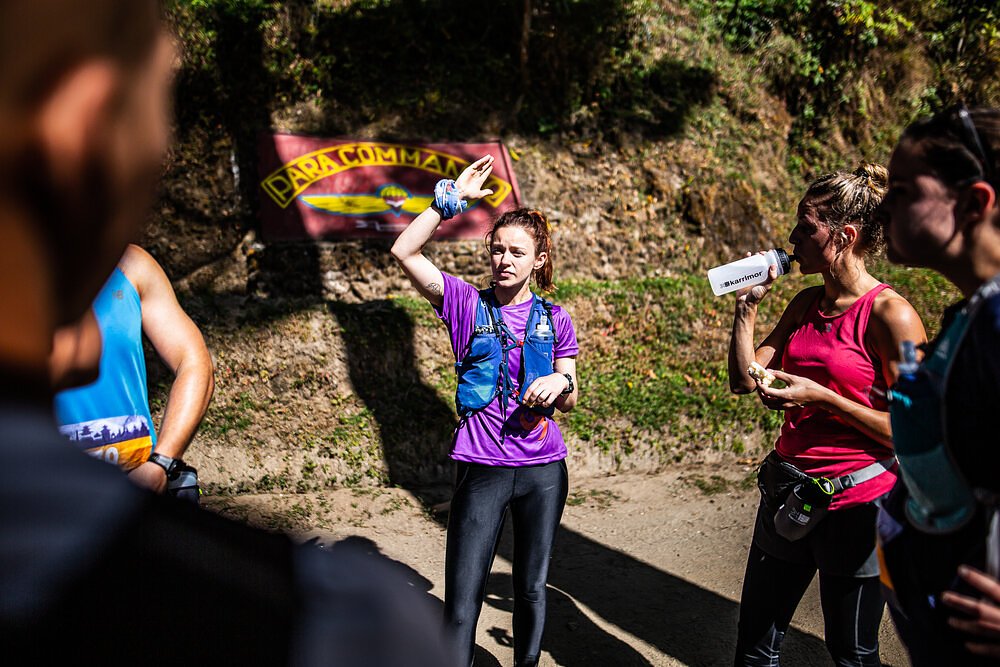
When we chat to race directors around the world - particularly when back home - we are always asked how we go about creating and executing in extreme places. Everything from bureaucracy to risk management to the actual finding of a great trail. We have become so comfortable with this side of our operations, we look at the races back at home and regularly think “oh, that looks much harder!”.
Written by Bethany Boll - Head of Operations, Team Impact
When we chat to race directors around the world - particularly when back home - we are always asked how we go about creating and executing in extreme places. Everything from bureaucracy to risk management to the actual finding of a great trail. We have become so comfortable with this side of our operations, we look at the races back at home and regularly think “oh, that looks much harder!”.
After 5 years of creating our systems and building our methods, we thought we would share with you our key system for creating an Impact Marathon Race.
When designing an Impact Marathon racecourse, three core questions are asked. Each carrying a different weight, these questions we keep coming back to as our guides when making key decisions about for instance the amount of total ground covered, loop (or, loops!) versus out-and-back versus point-to-point, and seemingly weird veer-offs or turns along the way.
First, is it safe?

Of course, it’s almost a cliche to say but it is true: Safety is our number one priority. Without this, we do not have a race. That is our baseline. We take great care to review each and every hill, turn, water crossing and landslide for a reasonable balance of challenge, fun and safety - take the Nepal 2019 course, for example: Our first route scouting expedition through Shivapuri National Park took us 15km through a densely overgrown park trail with confusing turns and, about 8km in, a three-meter portion where the trail that had bottomed out leaving a slippery, muddy, vertical traverse that was precarious at best for the savviest trail runners among us. It was simply not an acceptable risk for us to take. Fortunately, thanks to our strong ties to the community and support from the army, we were able to work with the National Park to repair the trail and make it useable for race day. Even then, these sorts of relationships take time to build, and event longer to see the impact of, but when we consider how to make a race safe, there is no better way to secure a race than be completely in-sync with the community.
Trail running is, by nature, a sport that involves risk. Trails are trails - root and rock covered, winding through trees, up steep hills (or mountains, or active volcanos!) and down scree slopes… in-and-out of fields, parks and forests where wild animals roam... It’s all part of it, and it’s all part of the fun. But it’s important that our runners understand the risks involved which is why we hold a mandatory race briefing where we outline the course-specific risks to be aware of and provide emergency contact numbers. No briefing - no race.
Second, is it great?
 While we use the term “race”, ours are not races to target for a “win” - there’s no prize money, or a PB - unless it’s your first marathon, that is! The “race” is a victory lap. It’s a celebration of everything our runners have seen and done together with our charity partners and the local community. It’s an exemplification of the power of running to uplift lives and change the world. It’s a time to reflect and enjoy, running together with others for others.
While we use the term “race”, ours are not races to target for a “win” - there’s no prize money, or a PB - unless it’s your first marathon, that is! The “race” is a victory lap. It’s a celebration of everything our runners have seen and done together with our charity partners and the local community. It’s an exemplification of the power of running to uplift lives and change the world. It’s a time to reflect and enjoy, running together with others for others.
We look for terrain that that tells that story - the story of the community through a physical journey around the countryside, through towns and villages and highlighting the unique features of the place. So, as we scout a route, we ‘deliberately’ get lost, when we see a new trail we head down it to see where it leads - this not only helps us to navigate quickly to any issues come race day, but also to find those places that elevate the race, that take it to a new level.
Third, is it AWESOME?
 An Impact Marathon isn’t just a race - it’s a week-long life-changing experience. And we want our racecourse to reflect that - to be a race that is life-changing, that is AWESOME. It’s not always a guarantee and not something we prioritise when working through the first two, but, while we may be biased, we’re happy to say that all of the Impact Marathon racecourses are, truly, AWESOME. What does this mean? It’s the feeling you get when emerging above the treeline on Volcan Pacaya to see the rumbling active crater imposing in front of you. It’s the exhilarating adrenaline rush when you let go of all inhibition and let your legs fly down a scree slope leaving a dust cloud in your wake. It’s the breathtaking glimpses of the Himalayas and never-ending sand dunes that make you stop, snap a picture, and pinch yourself to remind yourself where you are, what you’re doing, and what you’re capable of.
An Impact Marathon isn’t just a race - it’s a week-long life-changing experience. And we want our racecourse to reflect that - to be a race that is life-changing, that is AWESOME. It’s not always a guarantee and not something we prioritise when working through the first two, but, while we may be biased, we’re happy to say that all of the Impact Marathon racecourses are, truly, AWESOME. What does this mean? It’s the feeling you get when emerging above the treeline on Volcan Pacaya to see the rumbling active crater imposing in front of you. It’s the exhilarating adrenaline rush when you let go of all inhibition and let your legs fly down a scree slope leaving a dust cloud in your wake. It’s the breathtaking glimpses of the Himalayas and never-ending sand dunes that make you stop, snap a picture, and pinch yourself to remind yourself where you are, what you’re doing, and what you’re capable of.
It’s how we design the medals for the finish line, or when we brought the biggest band in all of Nepal to open up our first ever race, or, our ill-fated attempt to serve volcano cooked pizza at the summit of the climb in Guatemala.
Is it safe? Yes.
Is it great? Yes.
Is it AWESOME?...

Related posts

Tue 10 Sep 2024 • Liza Kershaw
Introducing Commit to Impact: What You Need to Know
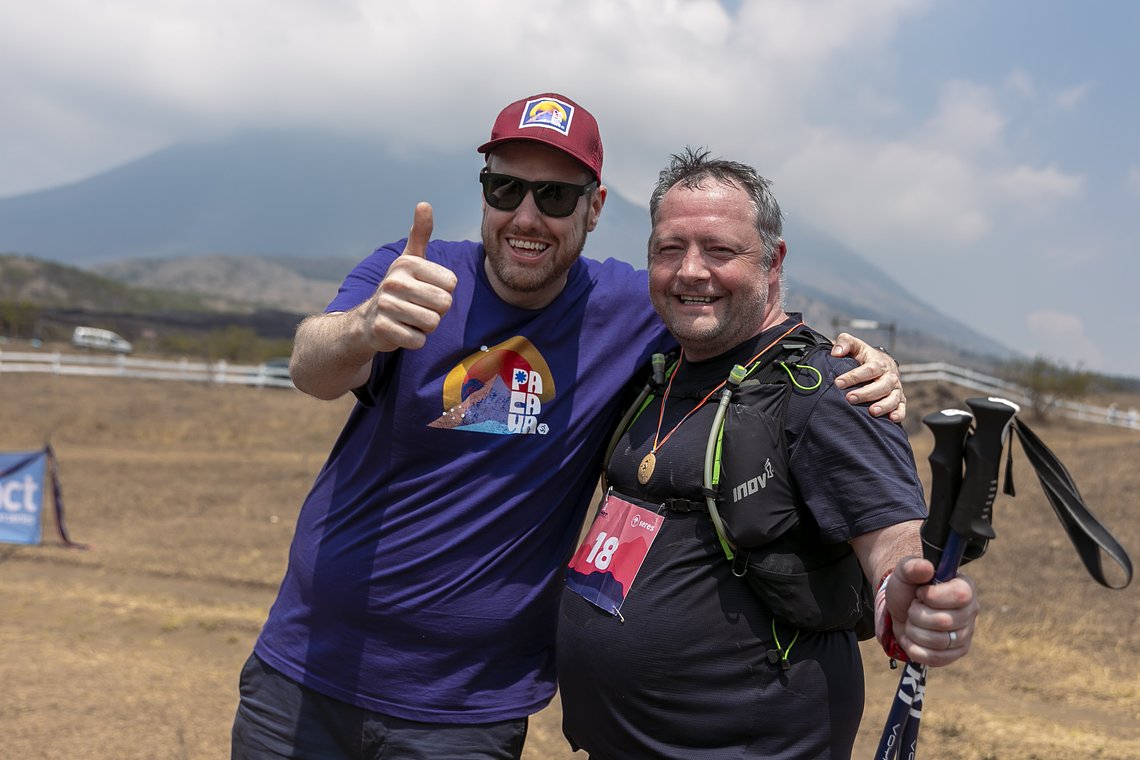
Tue 13 Aug 2024 • Liza Kershaw
The heartbeat of Impact: stories of connection and unity at Impact Marathon
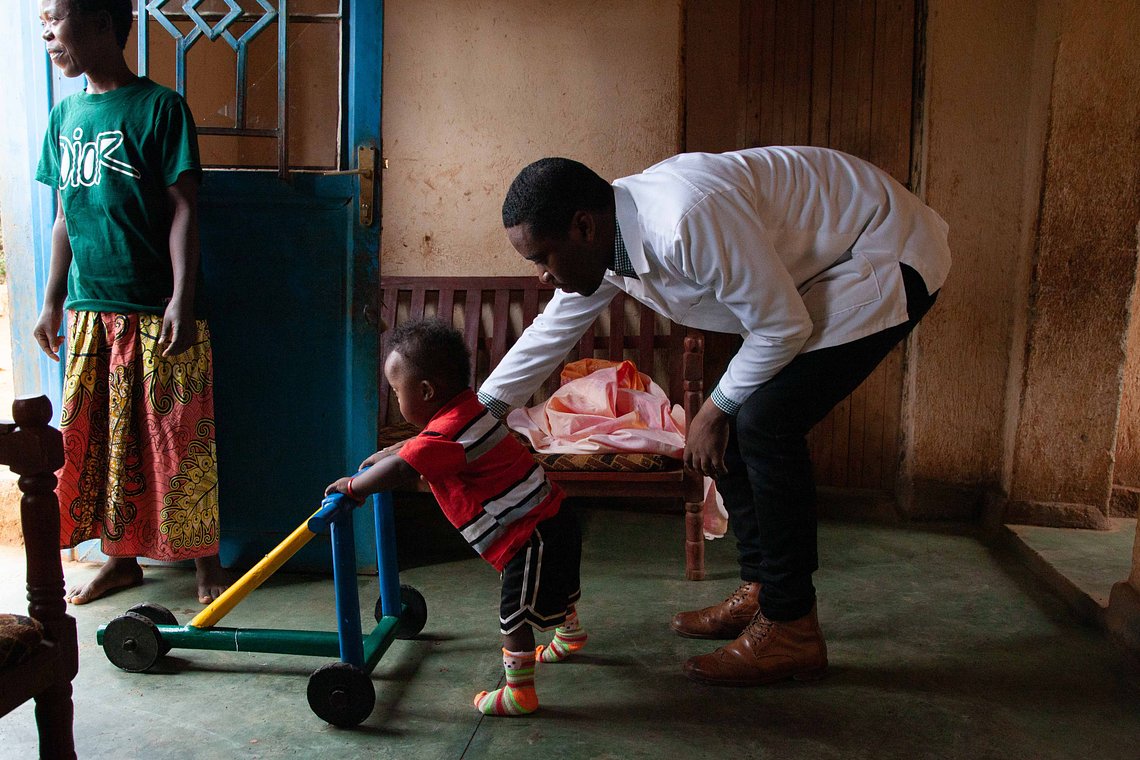
Tue 16 Apr 2024 • Liza Kershaw
fundraising: london marathon to impact marathon
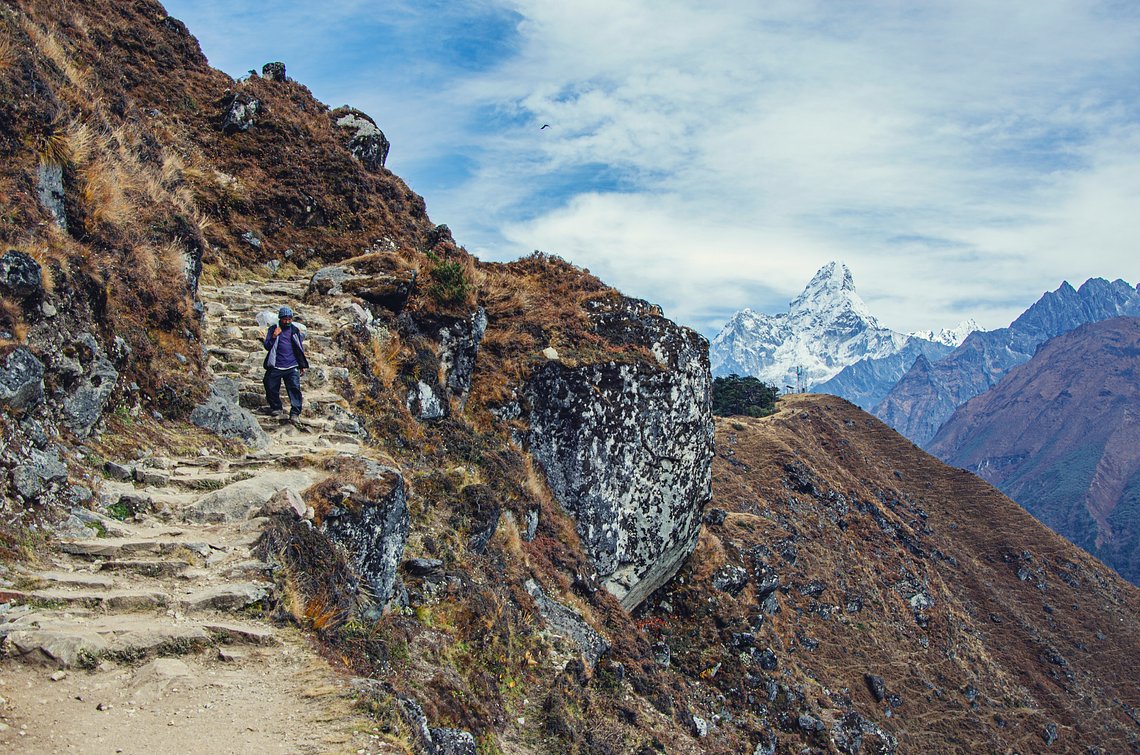
Tue 16 Apr 2024 • Liza Kershaw
the power within
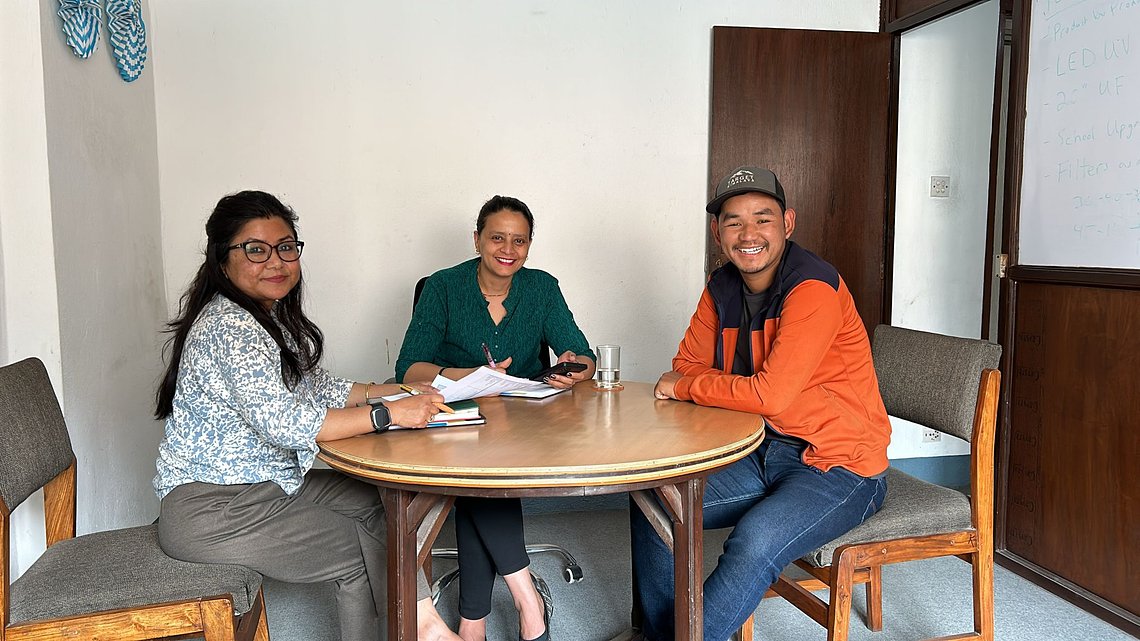
Mon 15 Apr 2024 • Nick Kershaw
beyond the finish line: sustaining impact between marathon events
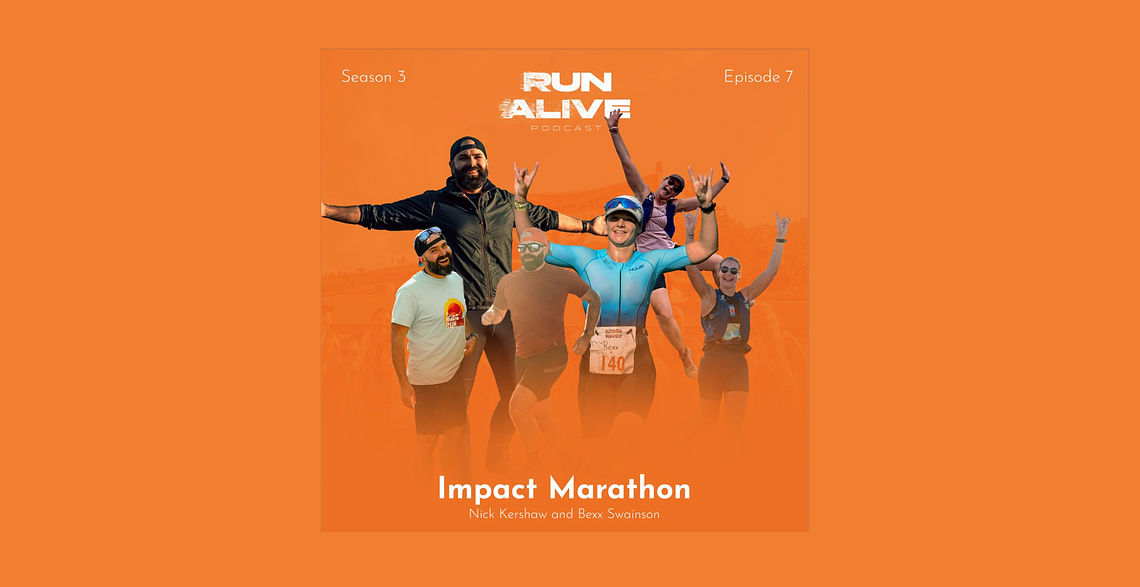
Tue 9 Apr 2024 • Liza Kershaw
run alive: hear from an impact runner
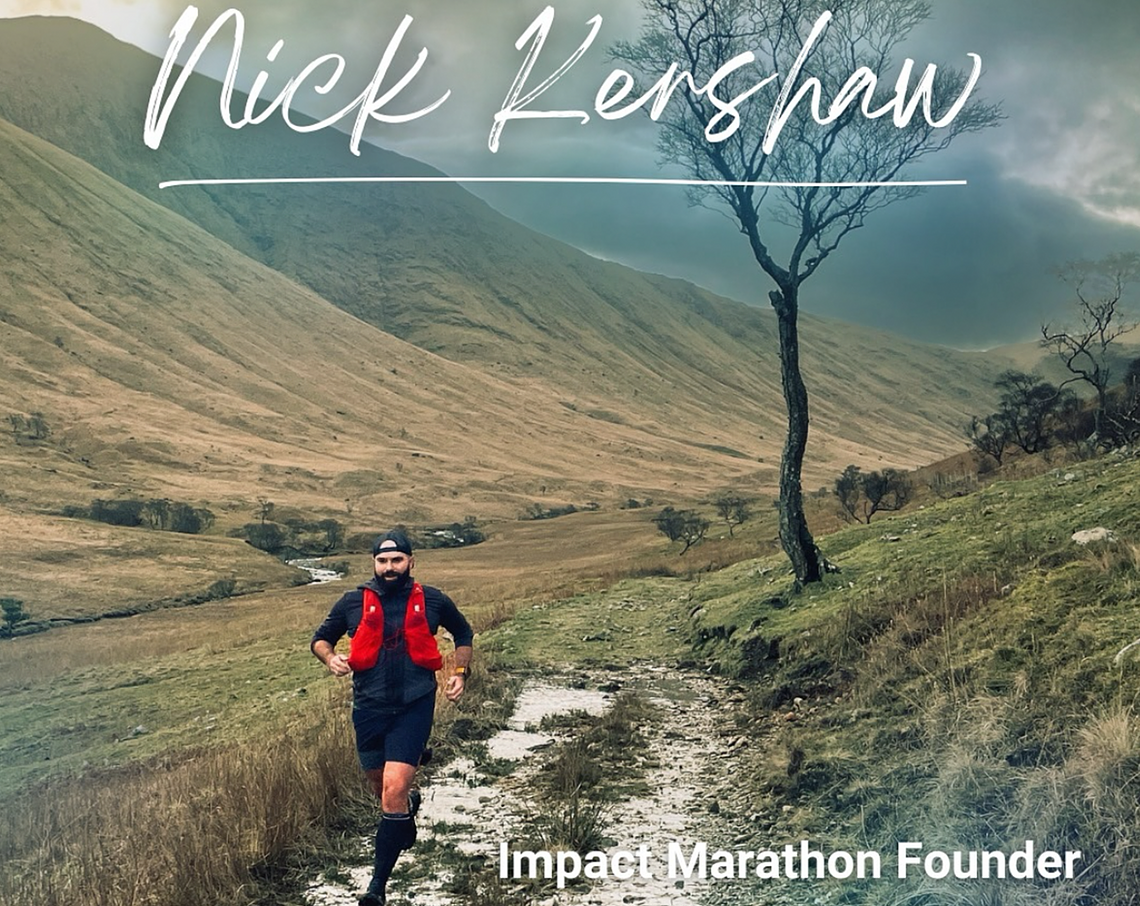
Tue 26 Mar 2024 • Liza Kershaw
inspired soles: Nick Kershaw | impact marathon founder
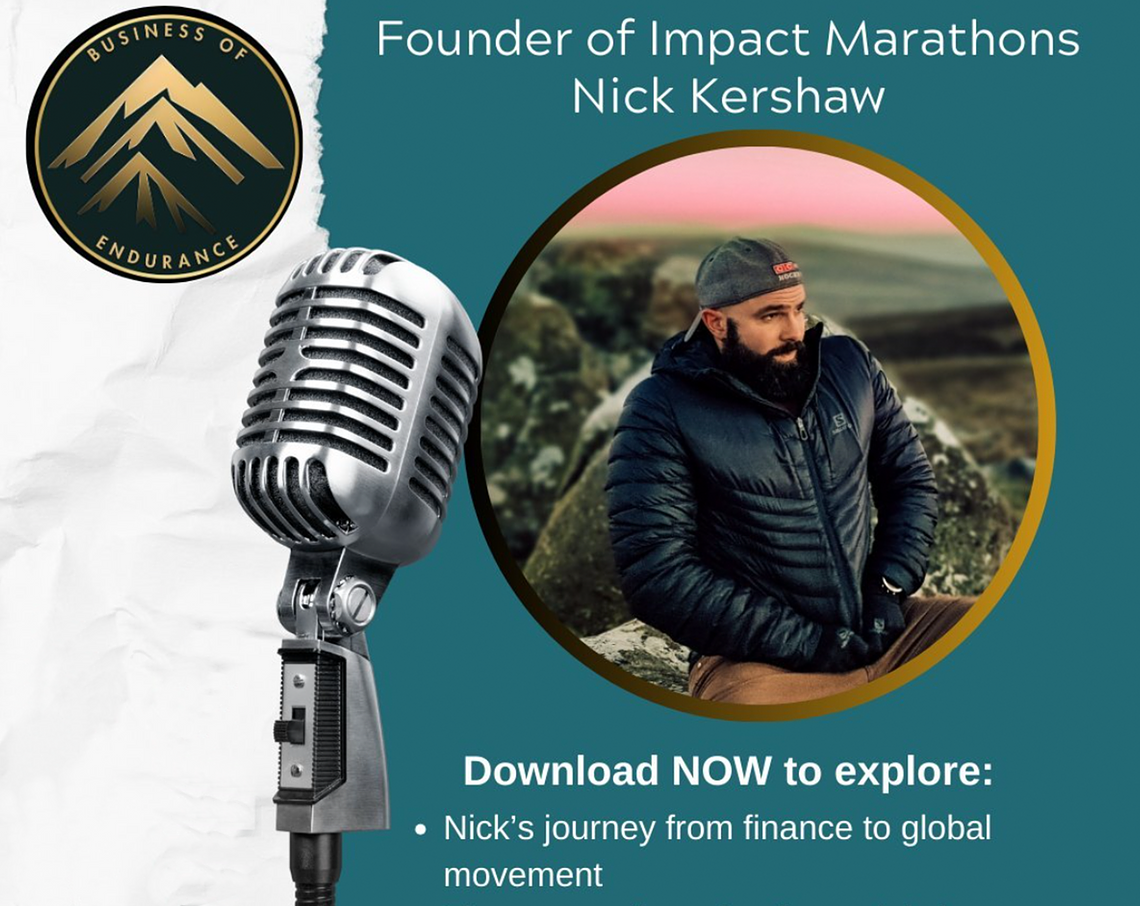
Tue 26 Mar 2024 • Liza Kershaw
business of endurance: the transformative impact of community-driven marathon events
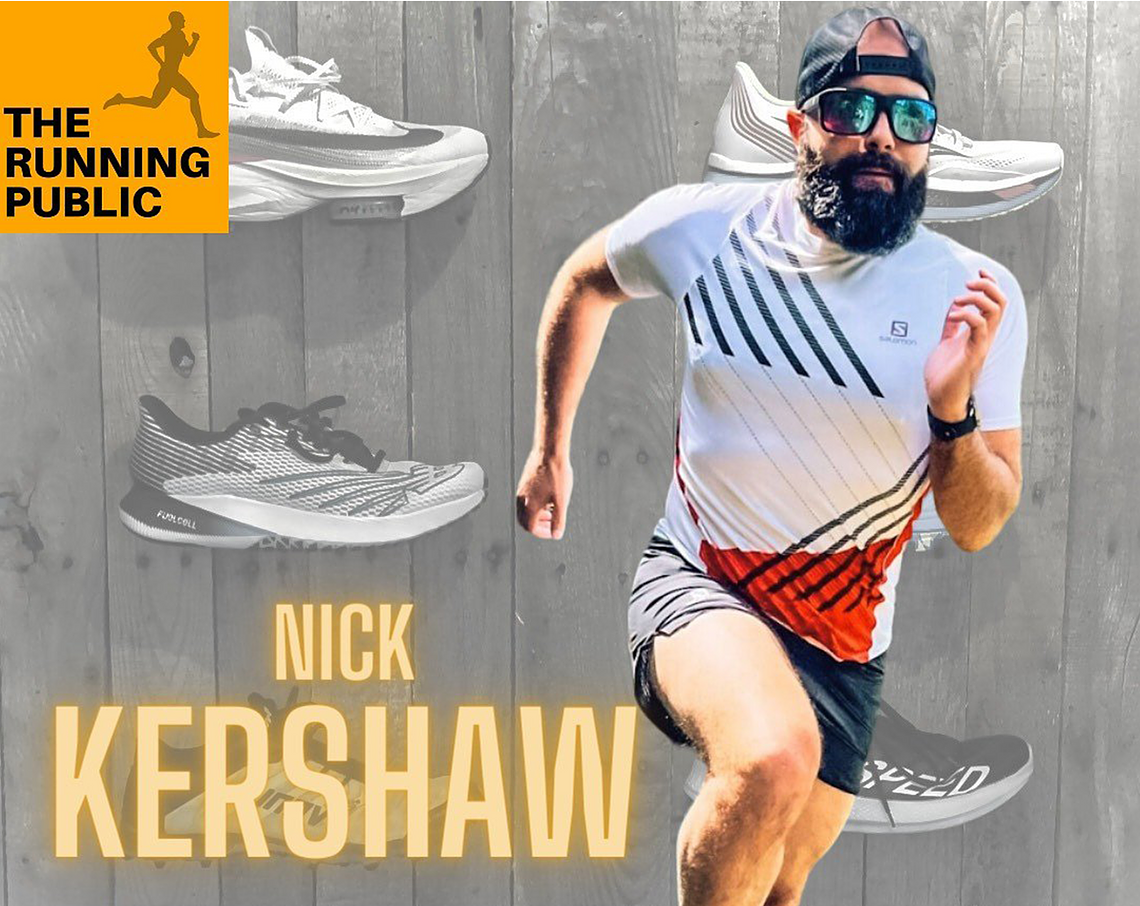
Tue 26 Mar 2024 • Liza Kershaw
the running public: interview with founder, Nick Kershaw
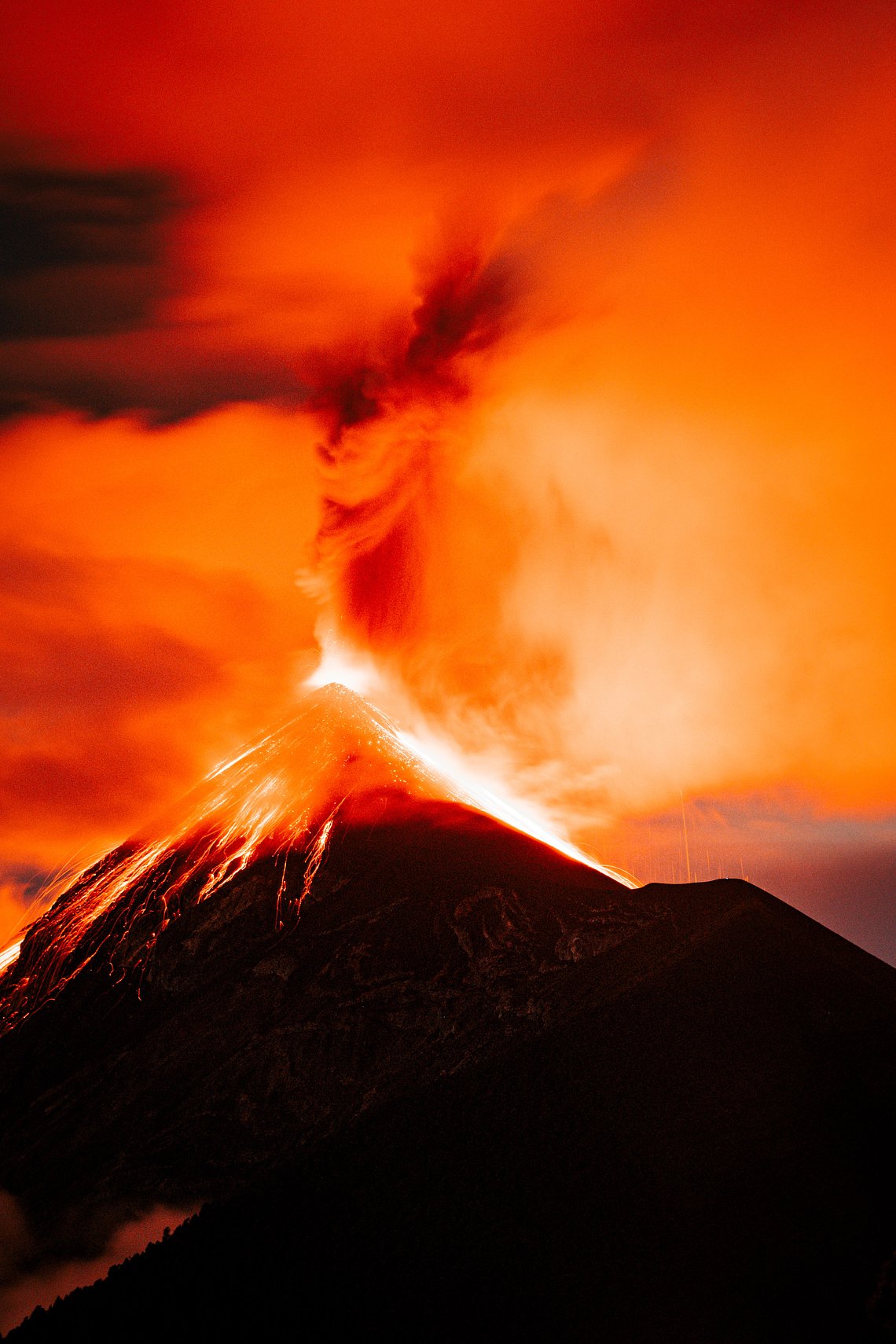
Mon 18 Mar 2024 • Nick Kershaw
impact stories: guatemala beyond the headlines
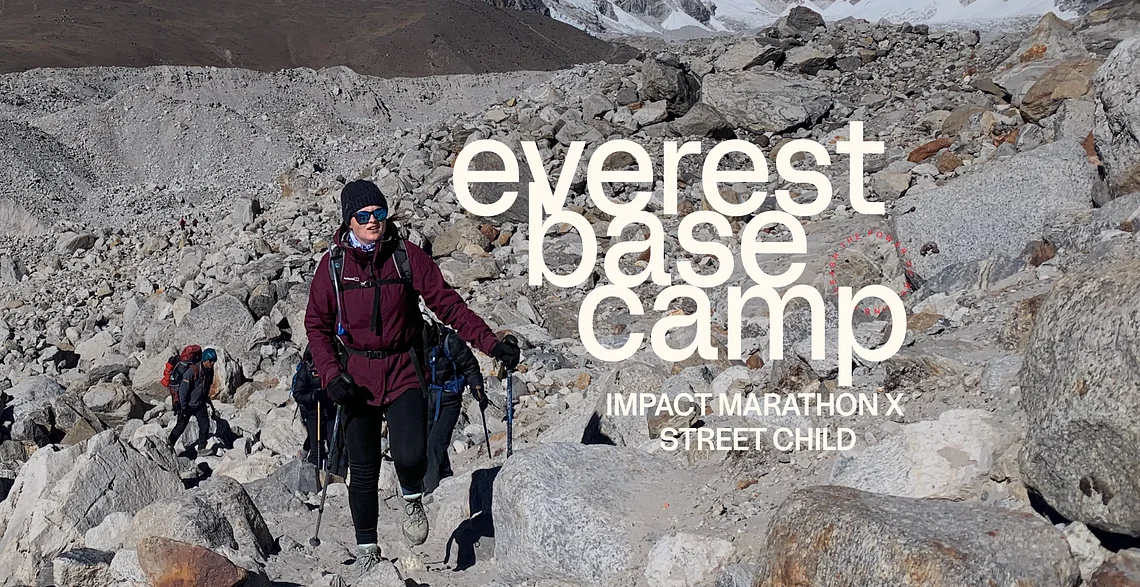
Mon 18 Mar 2024 • Nick Kershaw
Introducing Global Impact Challenges: The Next Step in the Journey of Impact Marathon
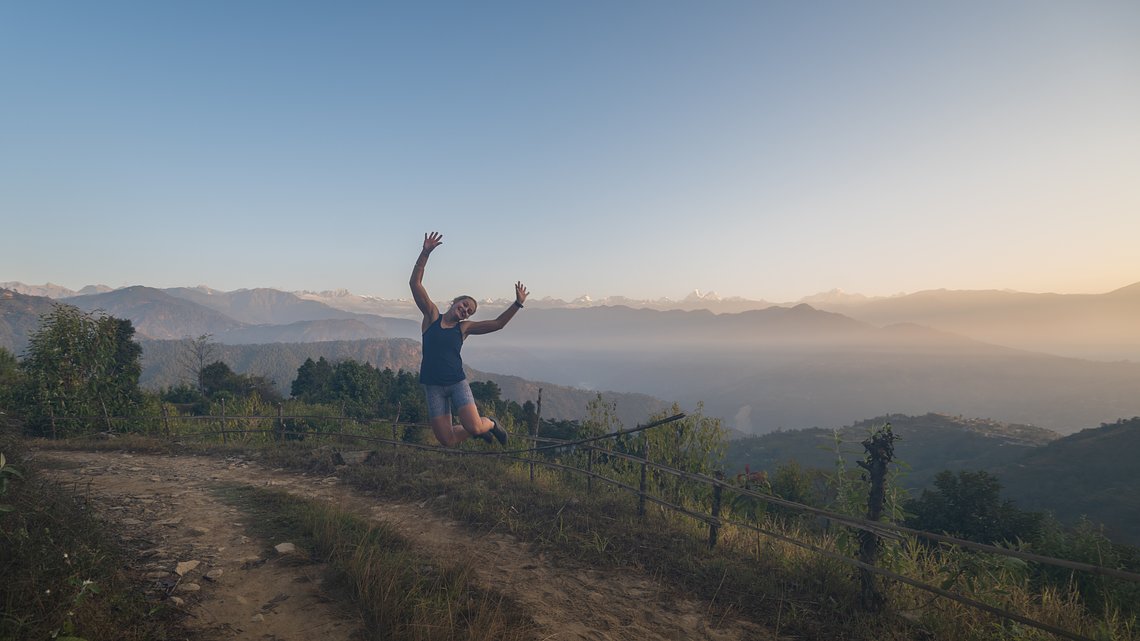
Mon 26 Feb 2024 • Liza Kershaw
impact stories: the power of unity
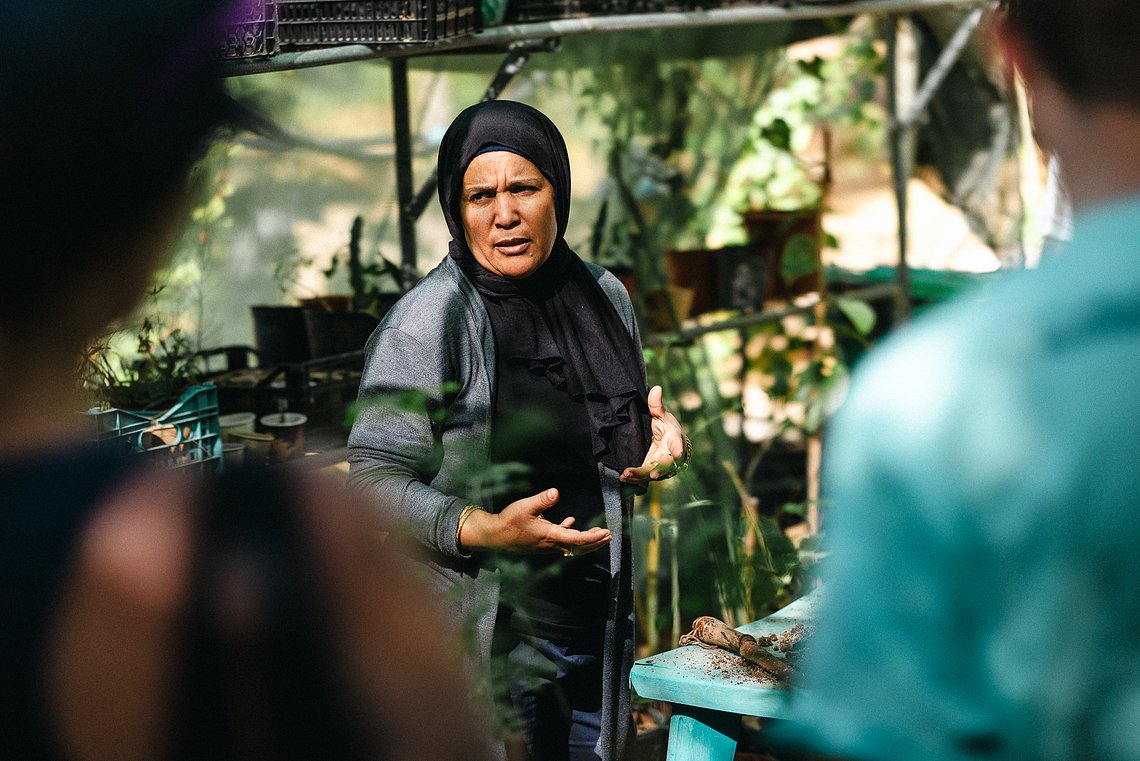
Thu 22 Feb 2024 • Liza Kershaw
impact stories - desert to oasis: the greening the desert miracle
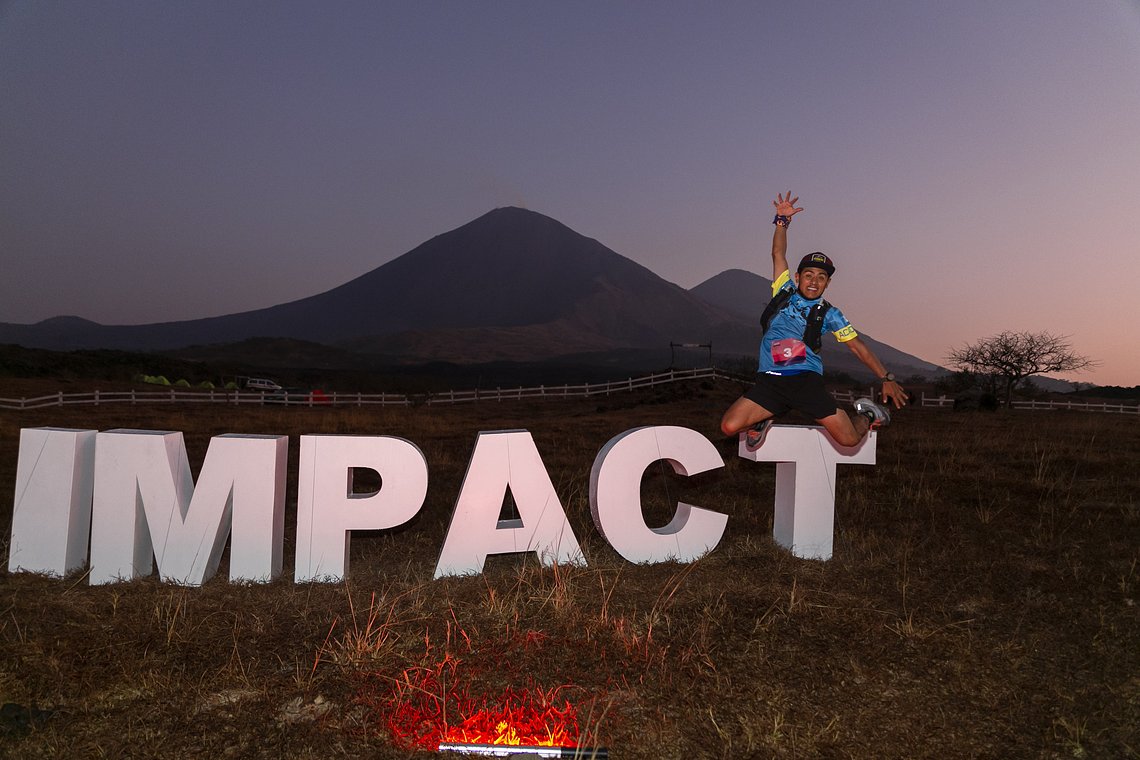
Tue 20 Feb 2024 • Liza Kershaw
2025 Guatemala Impact Marathon: A Thoughtful Stride into the Future
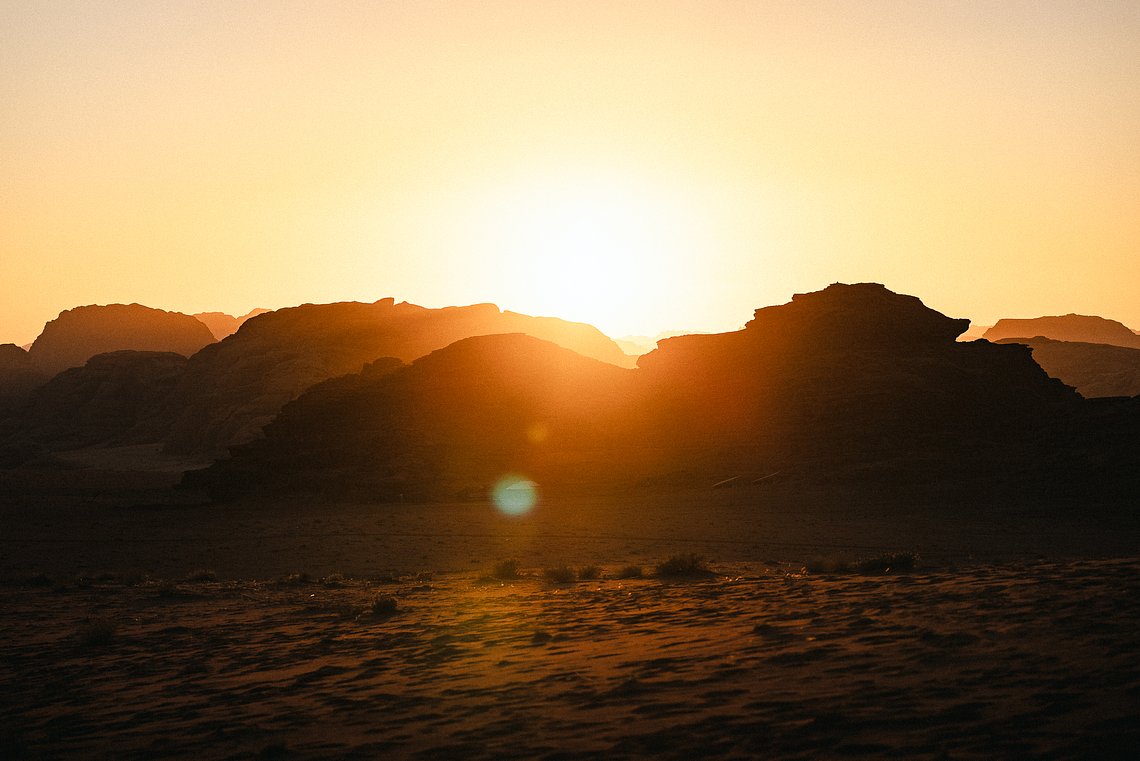
Fri 16 Feb 2024 • Liza Kershaw
impact stories: how to be powerful
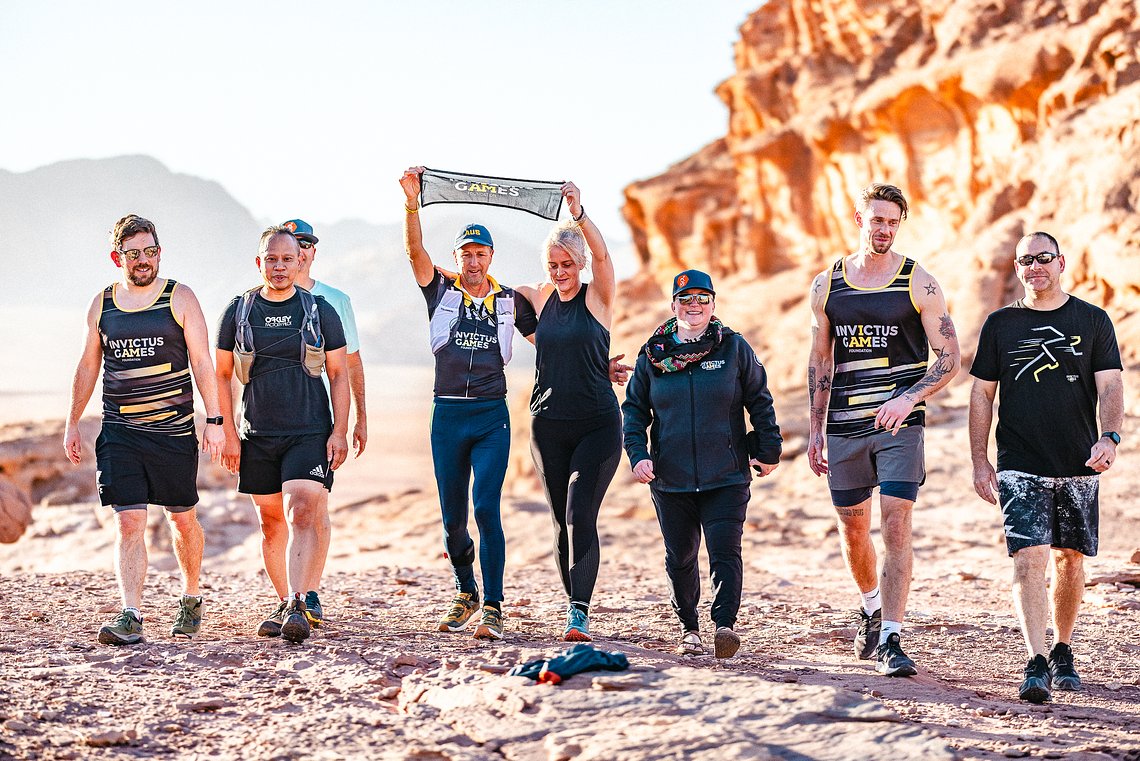
Thu 1 Feb 2024 • Nick Kershaw
Empowering Strides: Unveiling the World’s Most Powerful Races in 2024
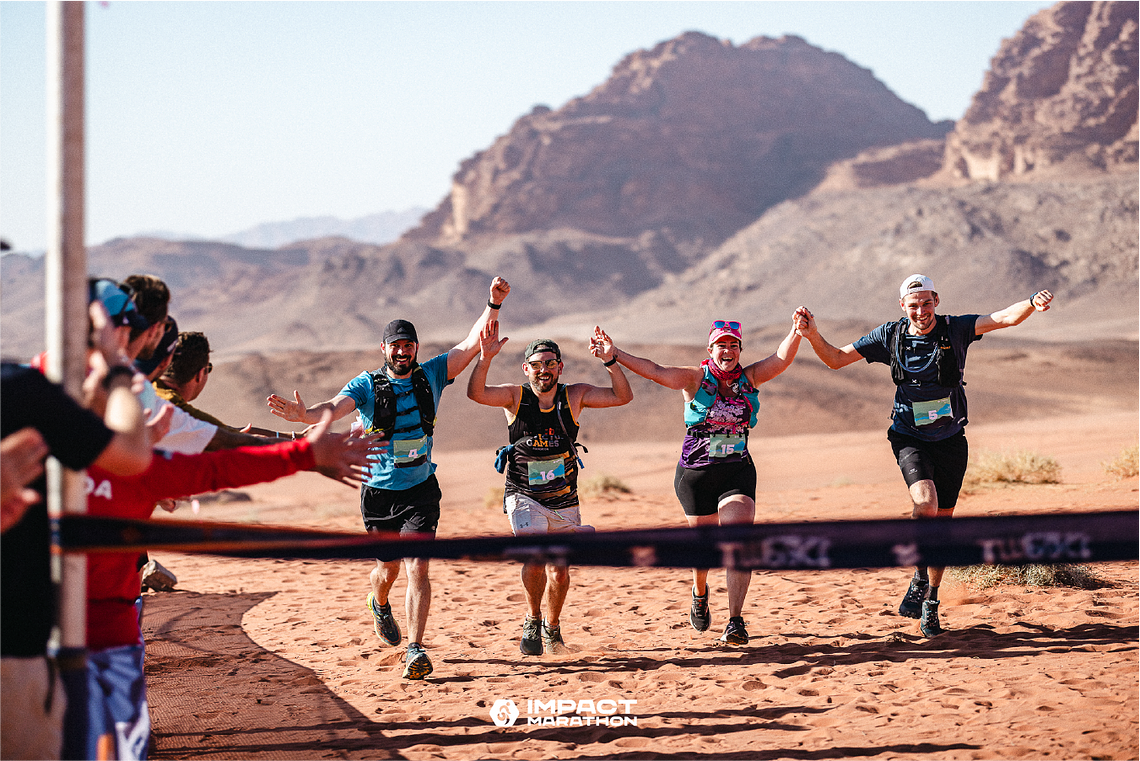
Wed 27 Dec 2023 • Nick Kershaw
Echoes of Impact: A Reflective Journey Through 2023's Races and Beyond
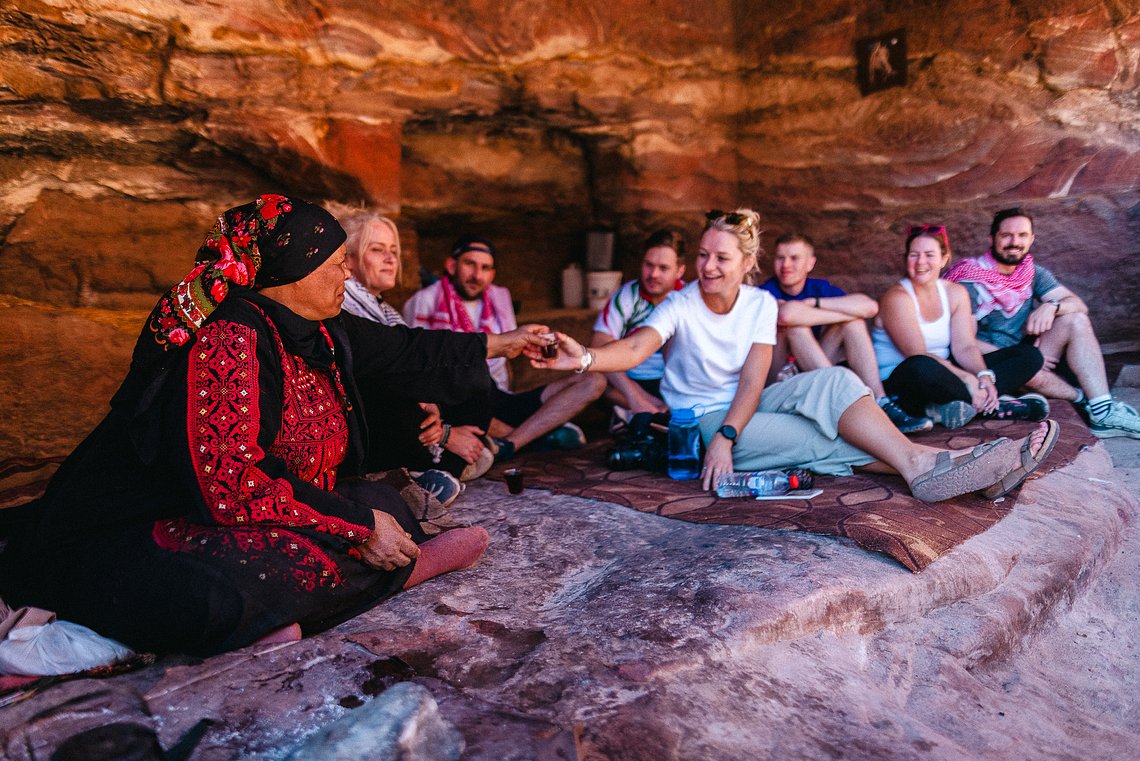
Thu 14 Dec 2023 • Nick Kershaw
Petra Reimagined: A Testament to Resilience and Solidarity with Impact Marathon
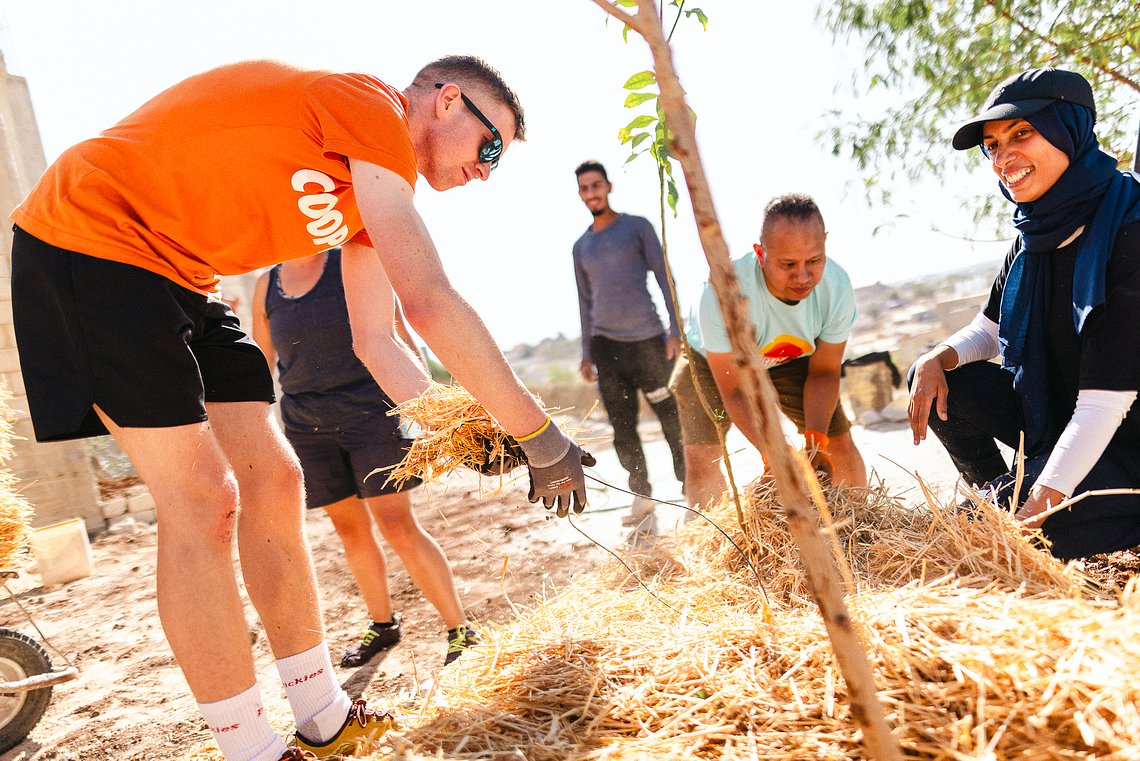
Thu 7 Dec 2023 • Nick Kershaw
Turn a desert green? That's Impossible!
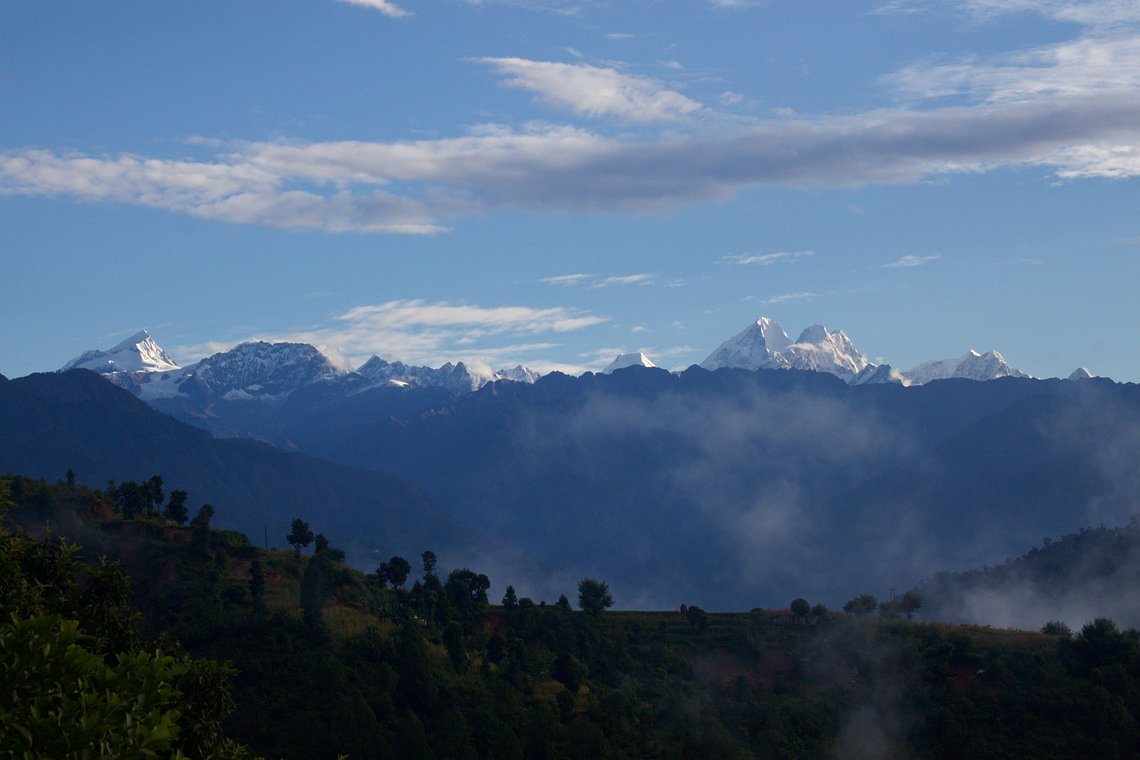
Tue 24 Oct 2023 • Liza Kershaw
PODCAST: The Crevasse
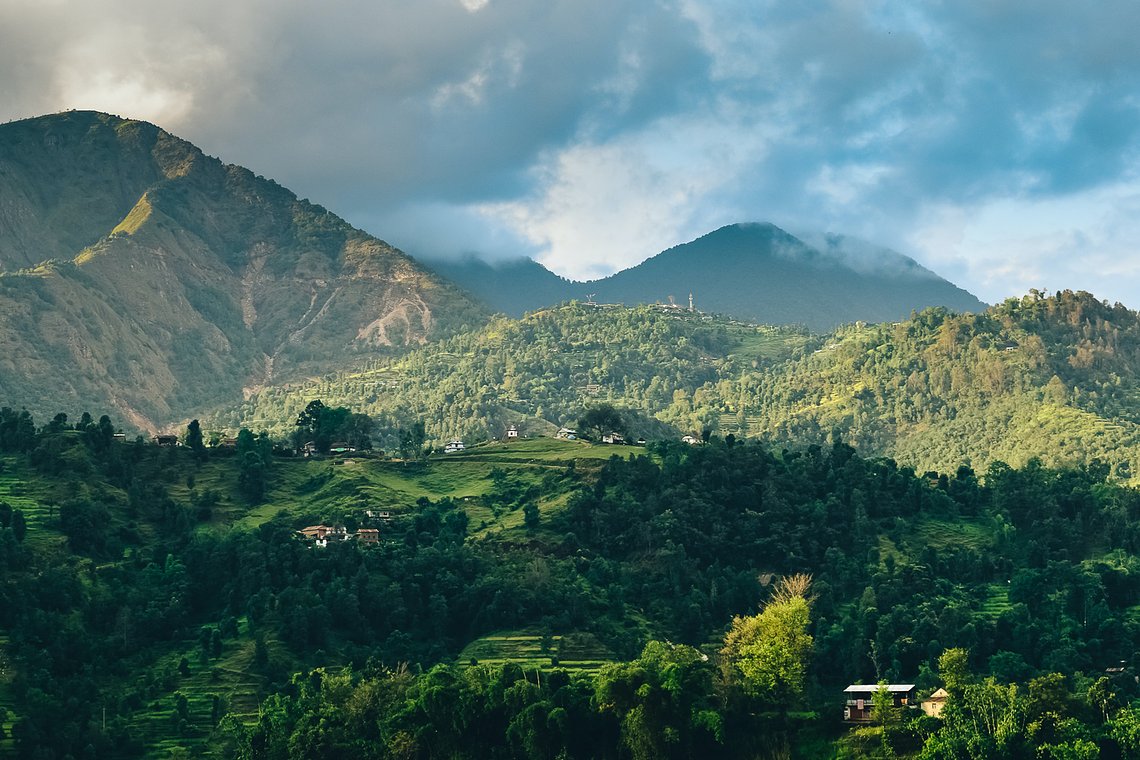
Mon 23 Oct 2023 • Liza Kershaw
PODCAST: From Turning Points to Learning Points
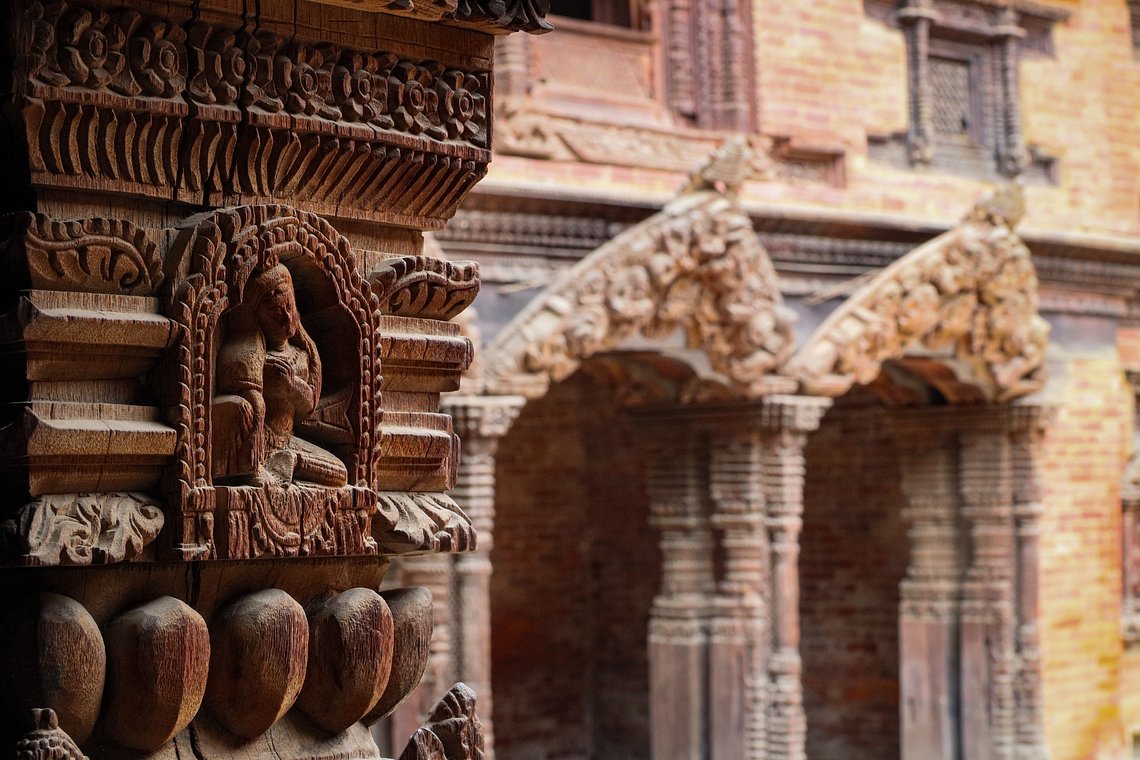
Sat 21 Oct 2023 • Liza Kershaw
PODCAST: How Just ONE Meeting Changes Everything
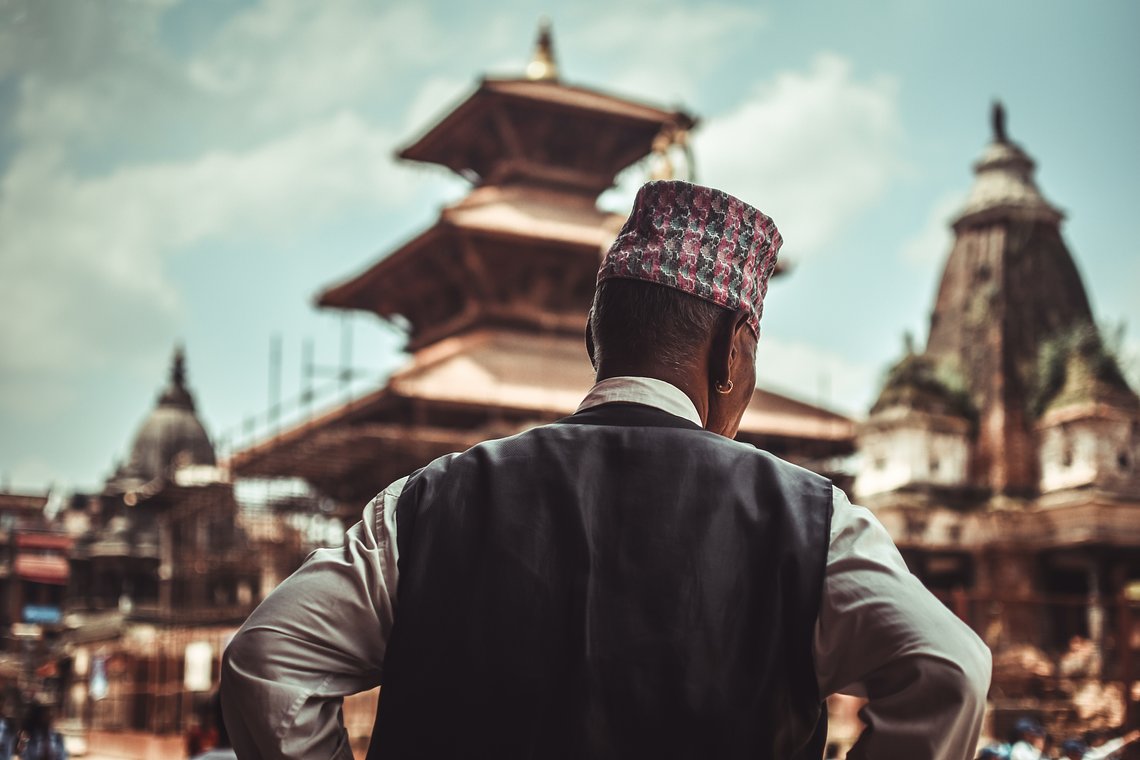
Fri 20 Oct 2023 • Liza Kershaw
PODCAST: Starting from Zero in Kathmandu
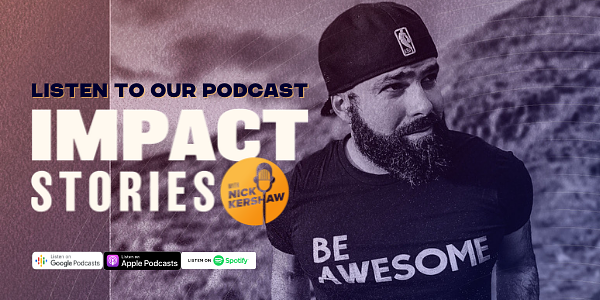
Thu 19 Oct 2023 • Liza Kershaw
PODCAST: The Unfolding Origin of Impact Marathons
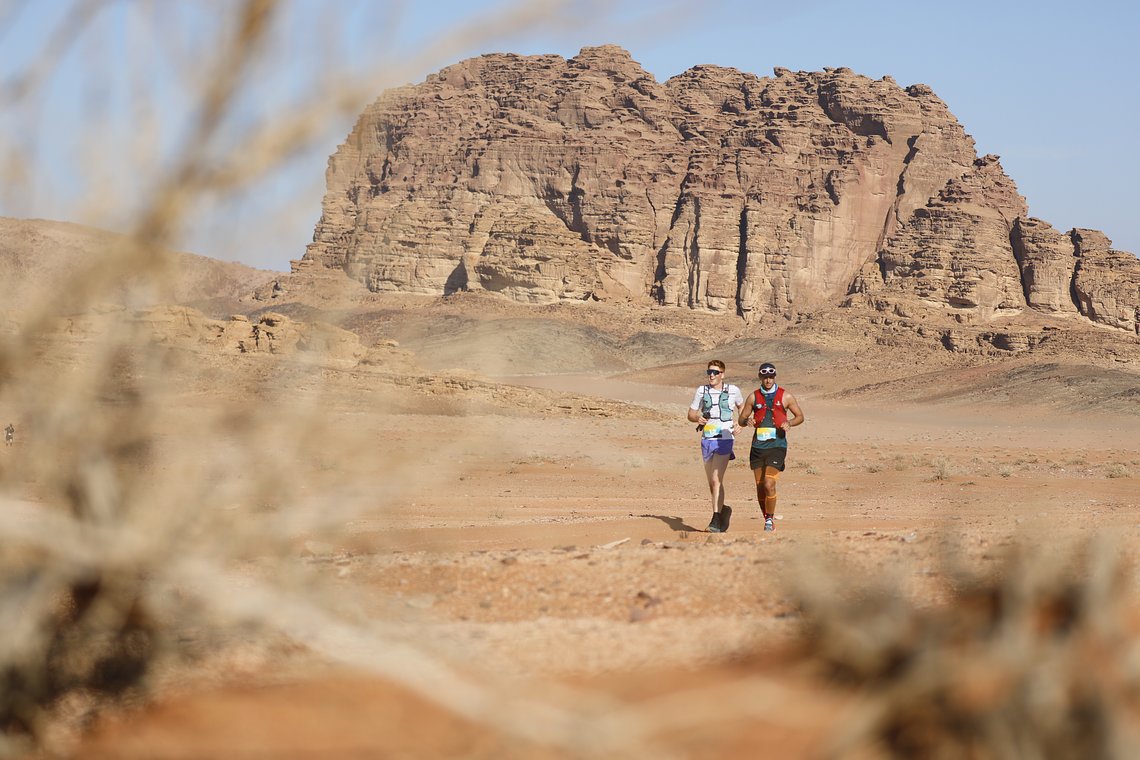
Mon 16 Oct 2023 • Nick Kershaw
A Bucket-List Marathon: Why Jordan Should Be Your Next Running Destination
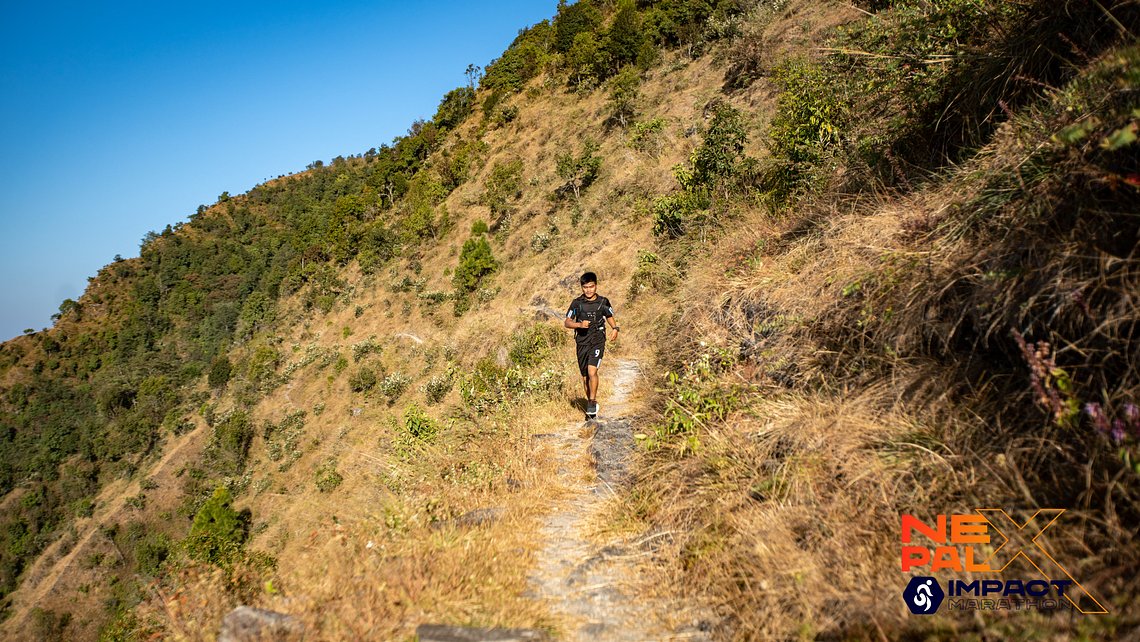
Thu 12 Oct 2023 • Nick Kershaw
5 Reasons the Nepal Impact Marathon Is More Than Just a Race
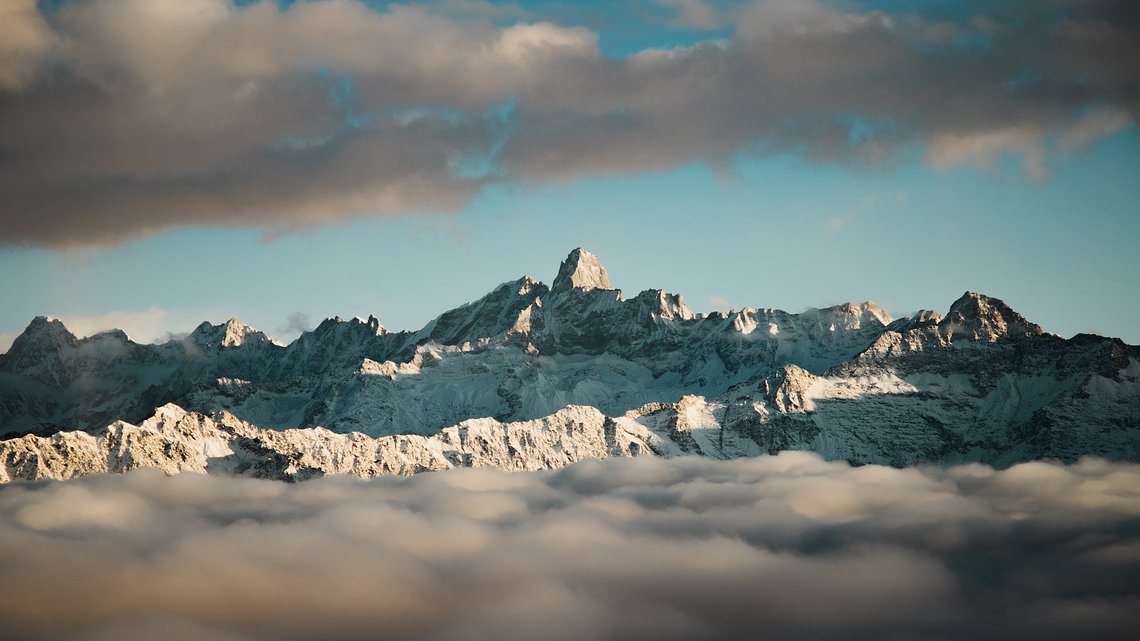
Tue 26 Sep 2023 • Nick Kershaw
Regenerative Travel and the Nepal Impact Marathon: Running for a Better World
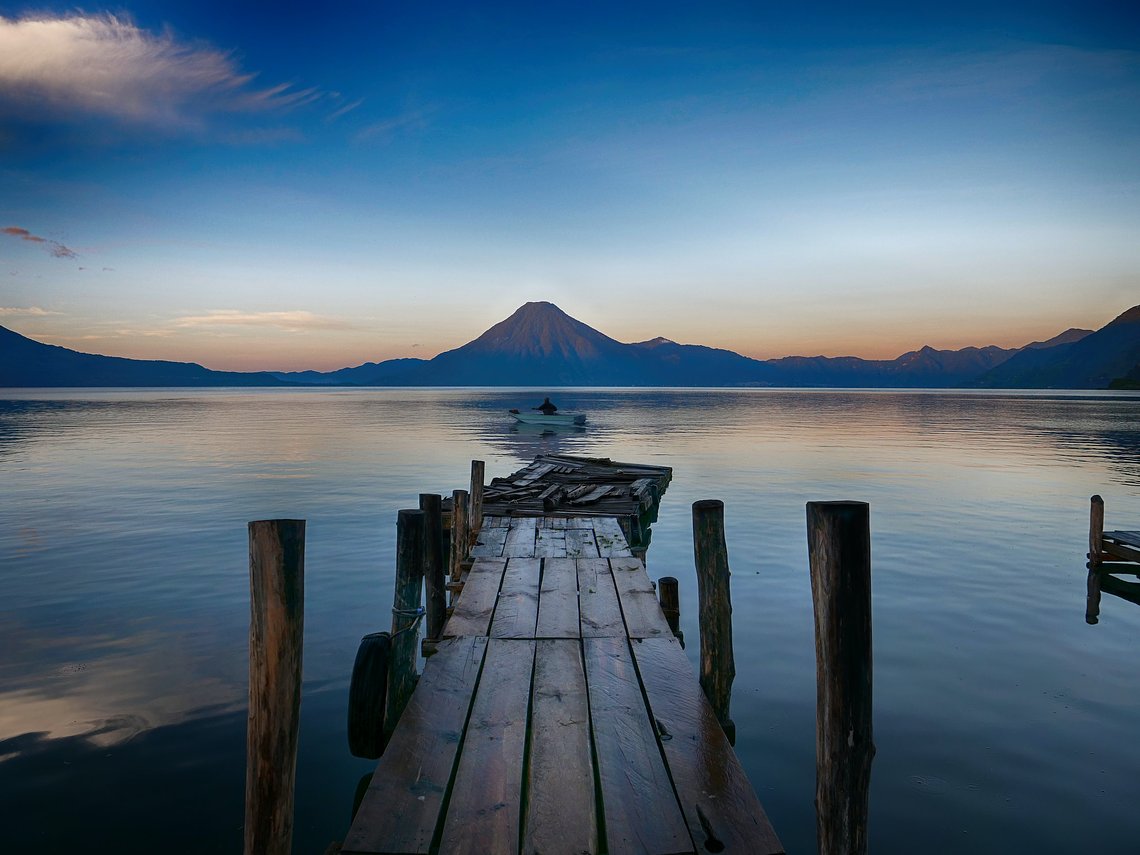
Mon 18 Sep 2023 • Nick Kershaw
Why Guatemala Is the Perfect Adventure Destination for U.S. Trail Runners
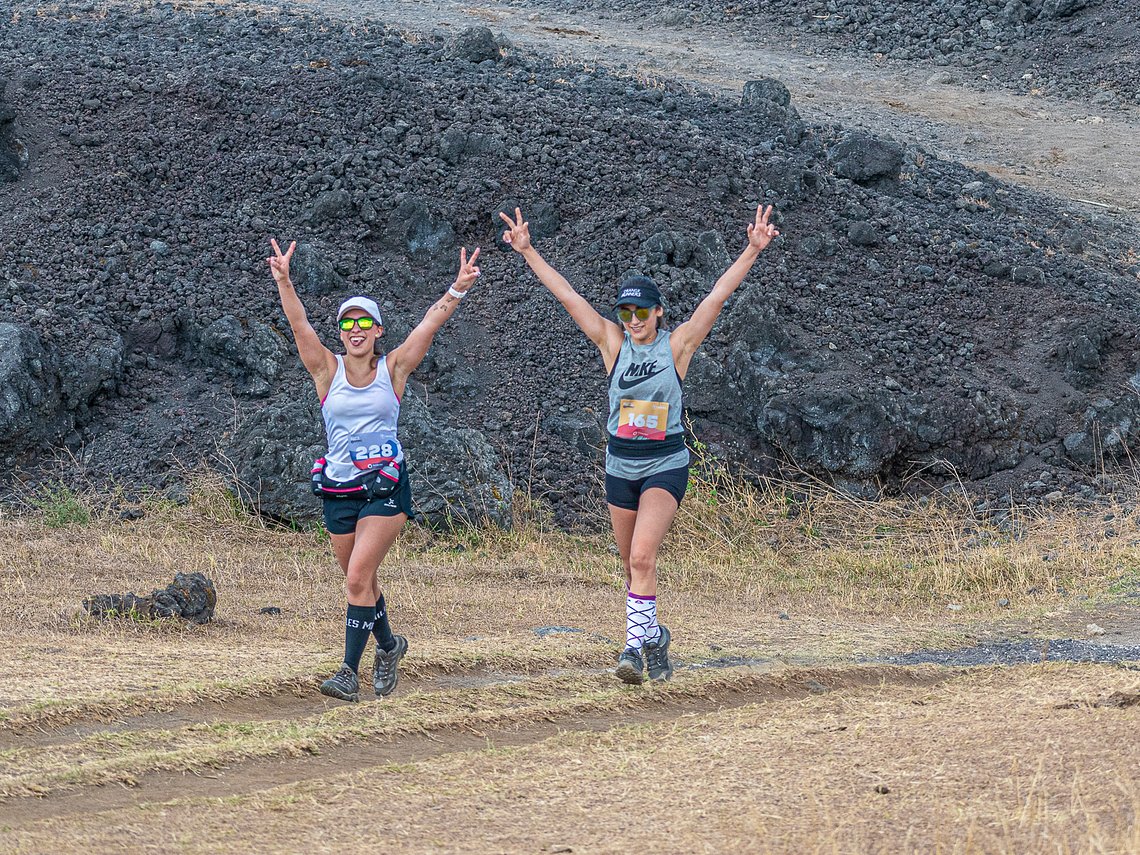
Thu 7 Sep 2023 • Nick Kershaw
Why Team Up For the Guatemala Impact Marathon?
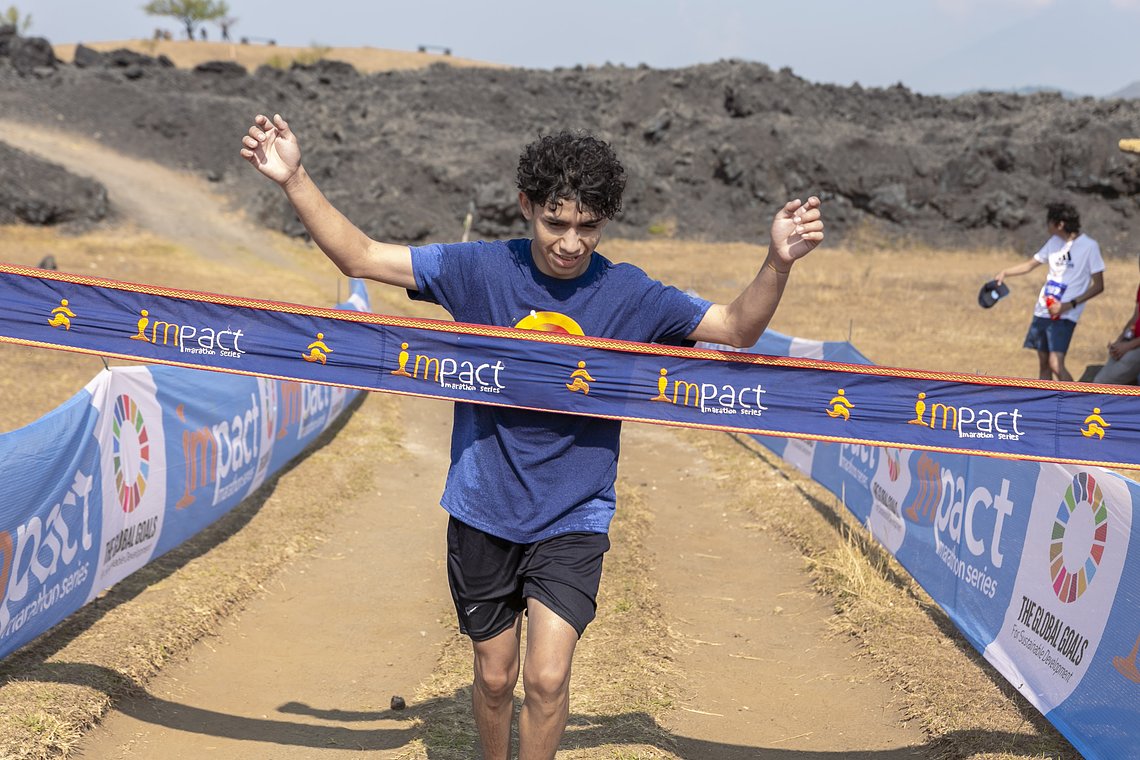
Tue 5 Sep 2023 • Nick Kershaw
Running with Purpose: The Synergistic Impact of SERES, Youth Leadership, and the Guatemala Impact Marathon
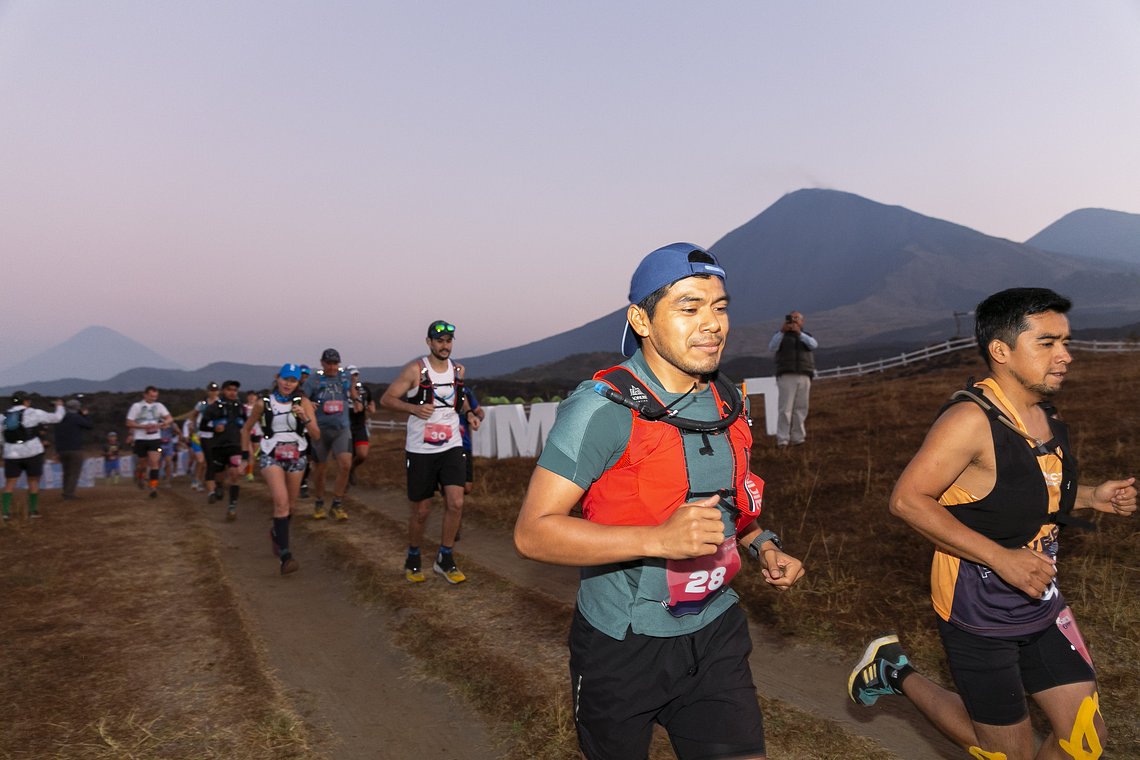
Thu 31 Aug 2023 • Nick Kershaw
Adapting to Tropical Conditions: An Evidence-Based Approach to Training for International Marathons
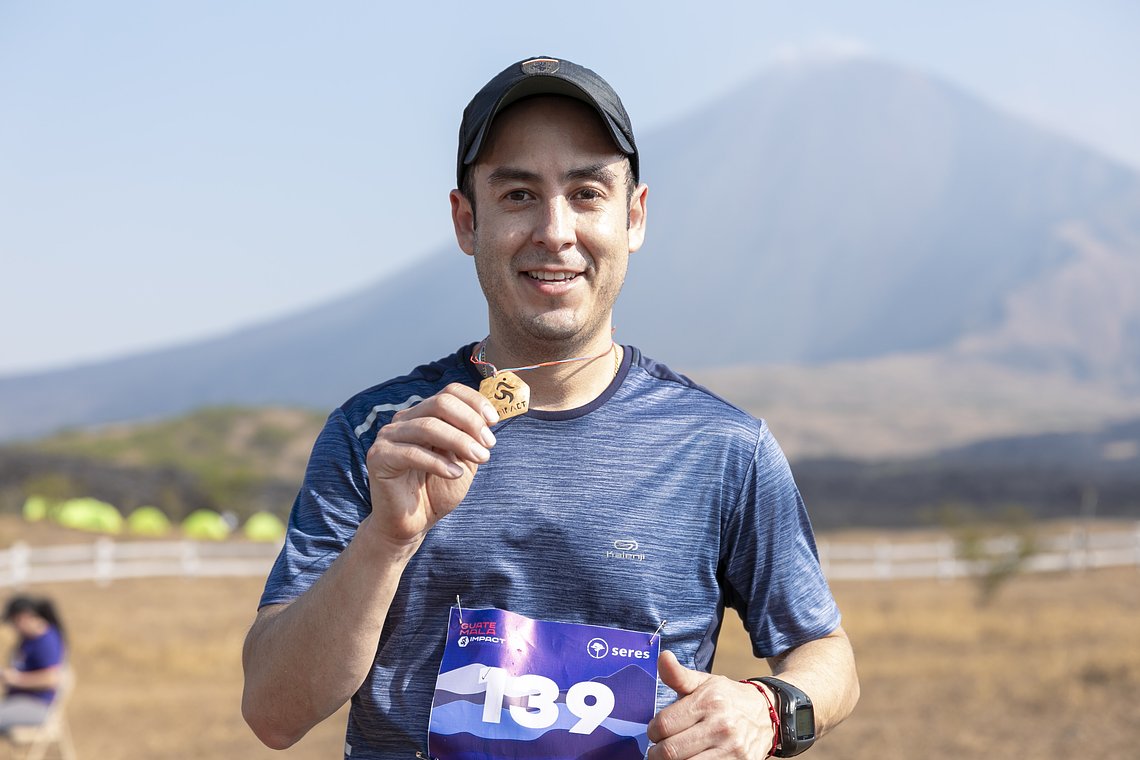
Tue 29 Aug 2023 • Nick Kershaw
A Beginner's Guide to International Marathons: Why Start with Guatemala
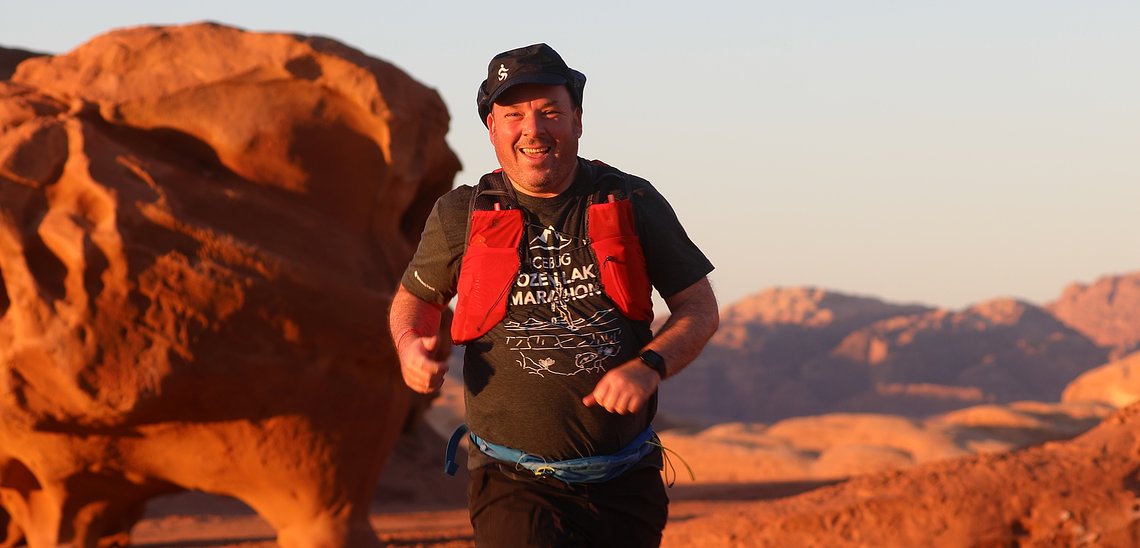
Thu 10 Aug 2023 • Nick Kershaw
Running with purpose: the Jordan Impact Marathon partners with the Invictus Games Foundation
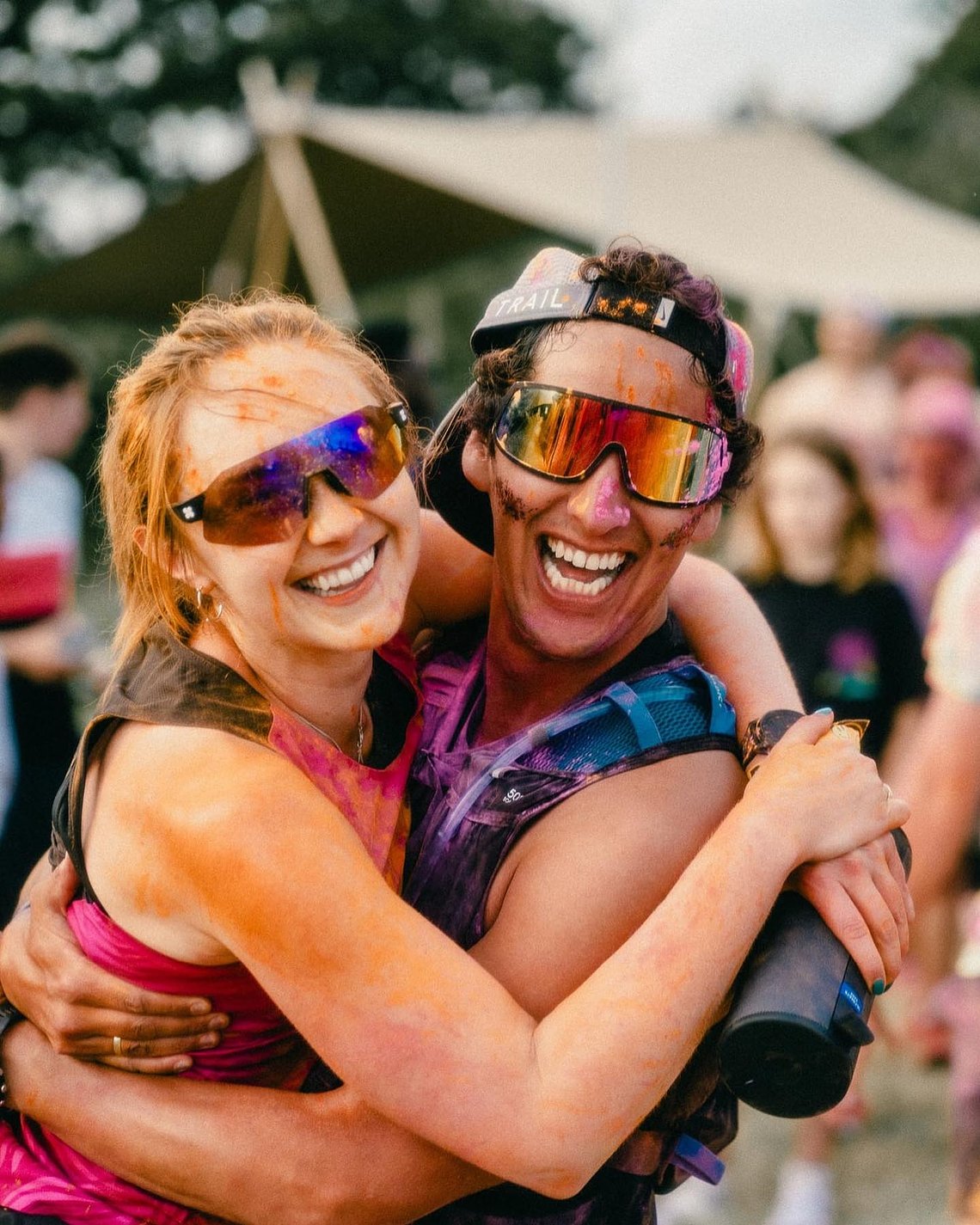
Fri 14 Jul 2023 • Nick Kershaw
Lessons from Love Trails: Celebrating Obsession with Experience Creation in the World of Running Events
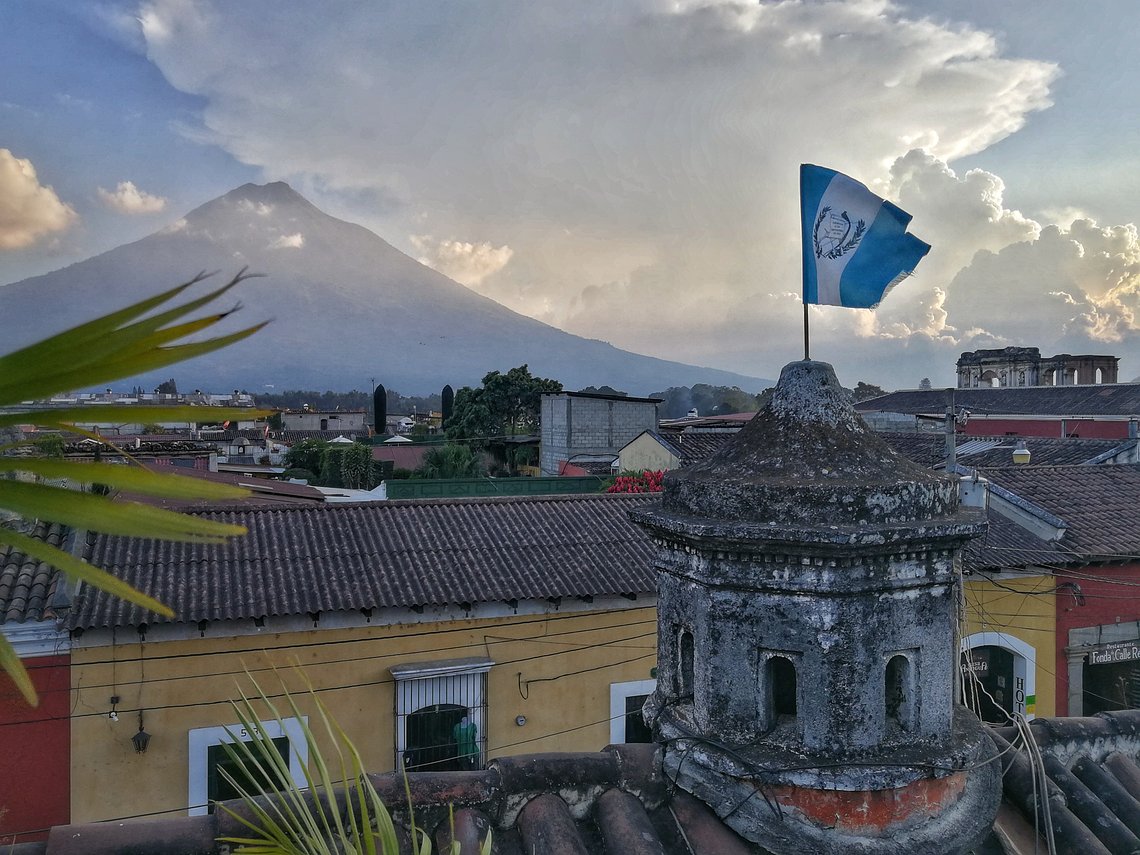
Fri 23 Jun 2023 • Nick Kershaw
Exploring the Enchanting History of Antigua: Our Home for the 7th Guatemala Impact Marathon
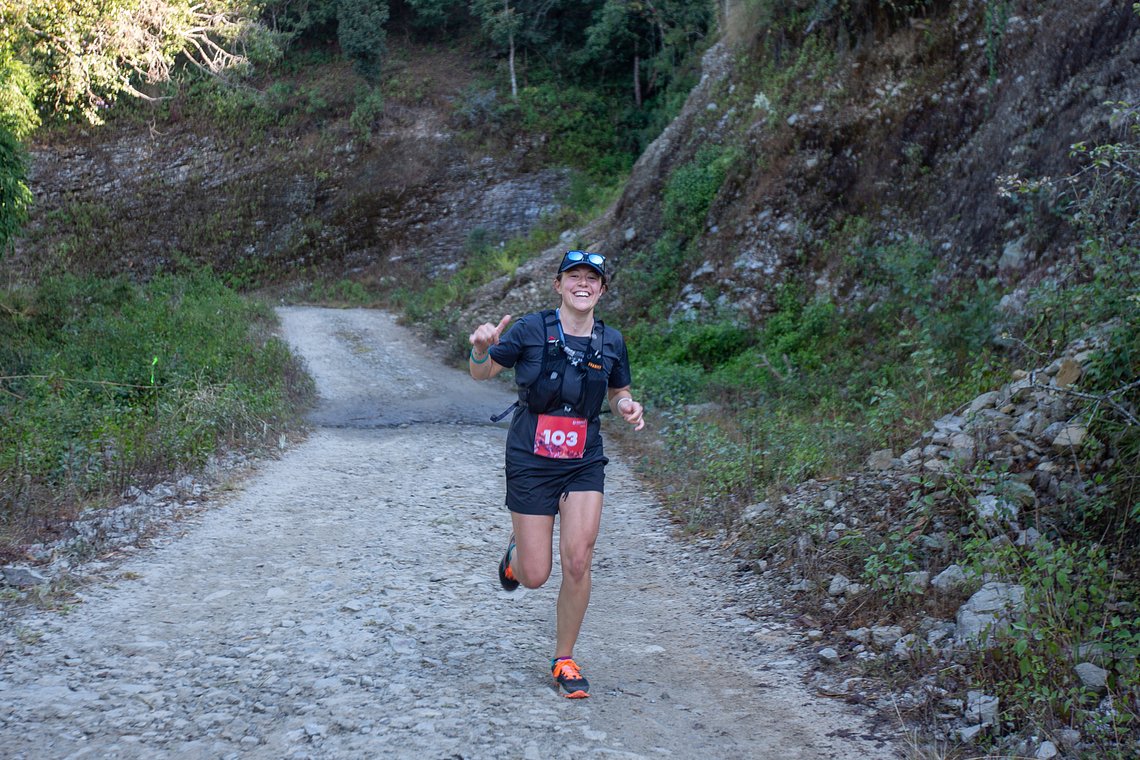
Tue 20 Jun 2023 • Nick Kershaw
Run the Extra Mile: Impact Marathons and the Journey to Social Change
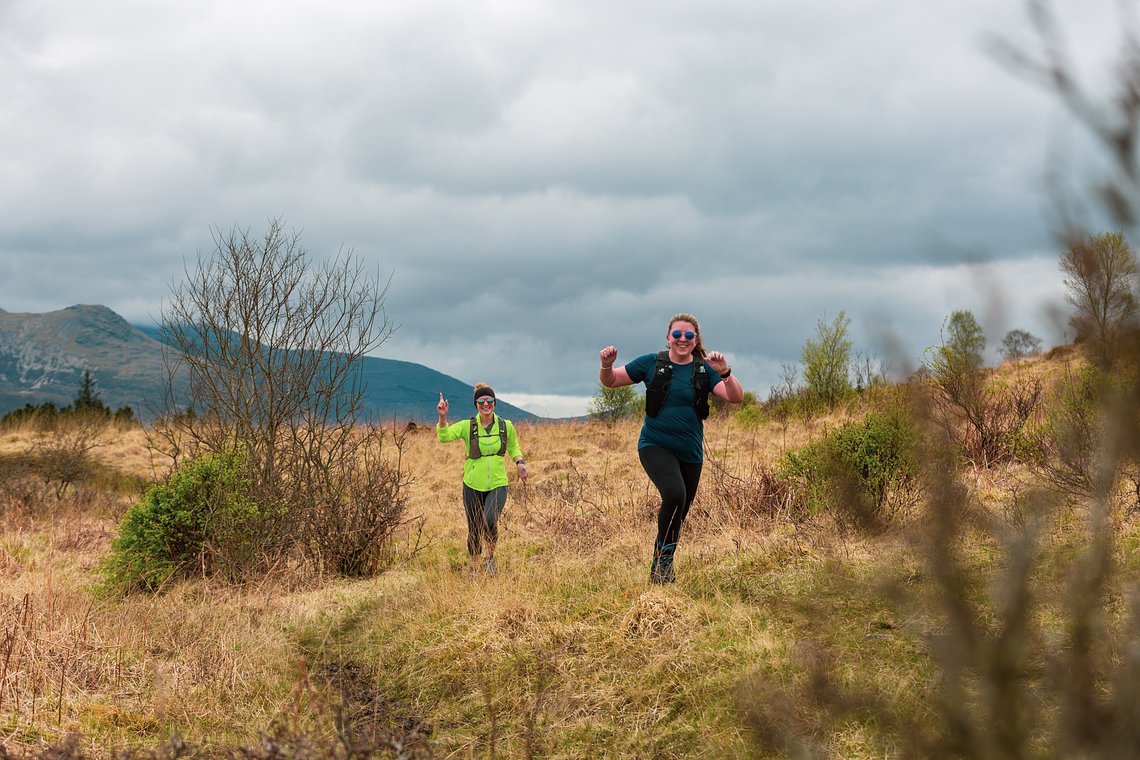
Mon 19 Jun 2023 • Nick Kershaw
Women on the start line: Integrating SheRaces into our Impact Marathons
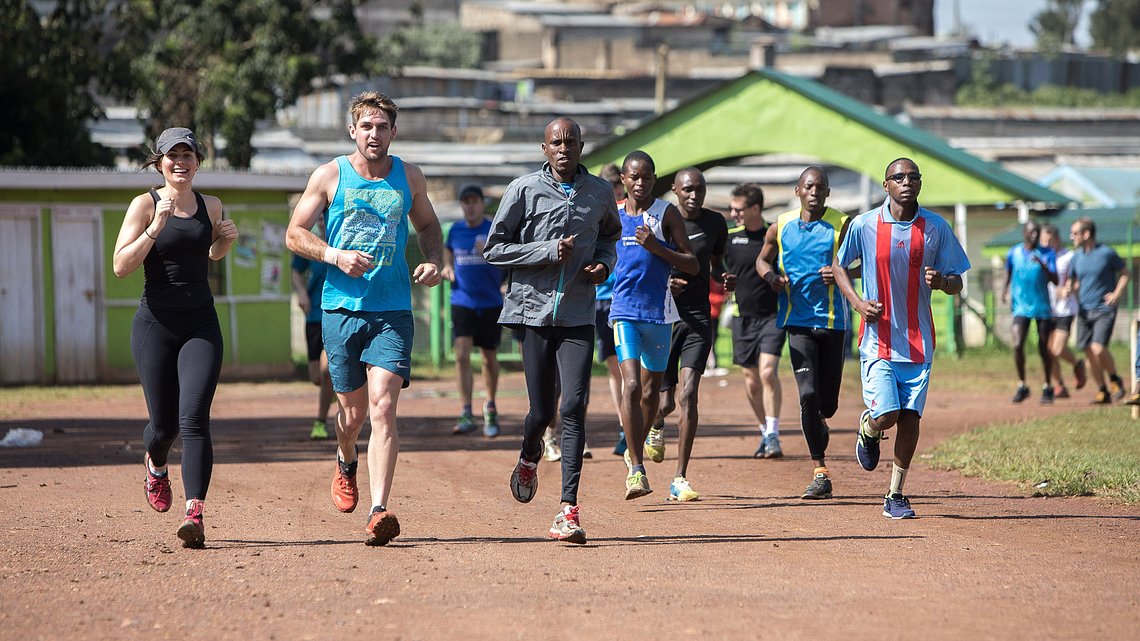
Thu 25 May 2023 • Dave Melody
Why Impact Marathons are changing the face of global charity events
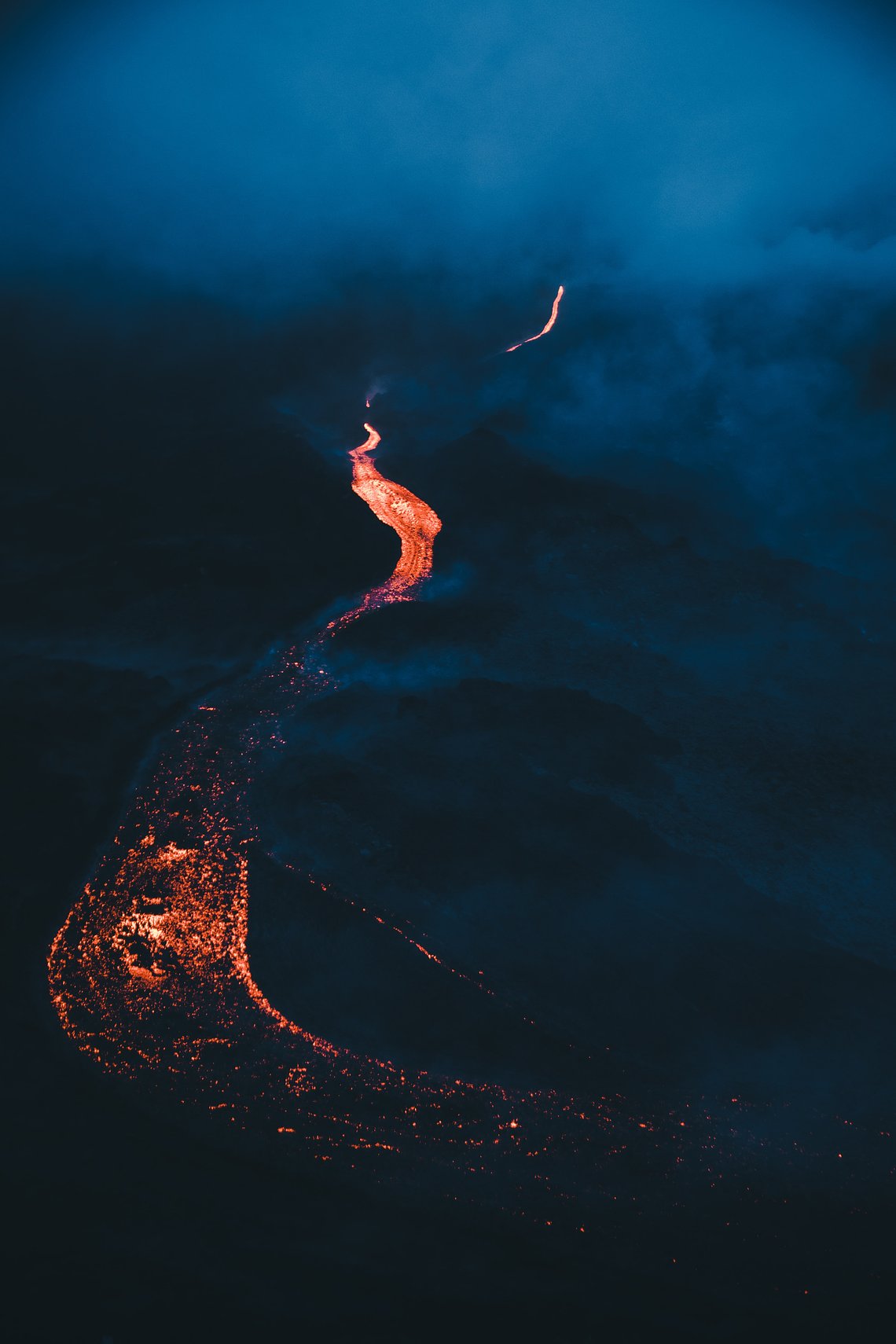
Wed 18 Jan 2023 • Nick Kershaw
ChatGPT wrote a poem about our run in Guatemala...
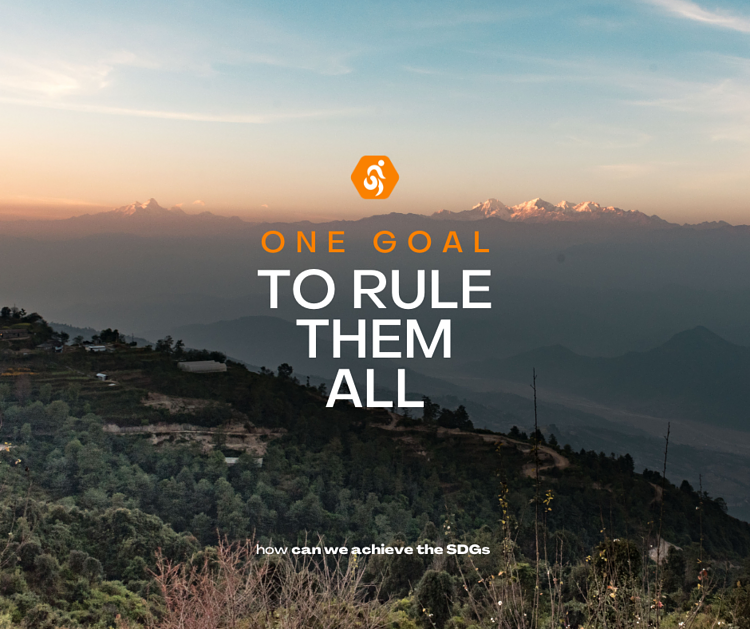
Wed 21 Jul 2021 • Nick Kershaw
One goal to rule them all : A lesson learnt in our pursuit of The Global Goals
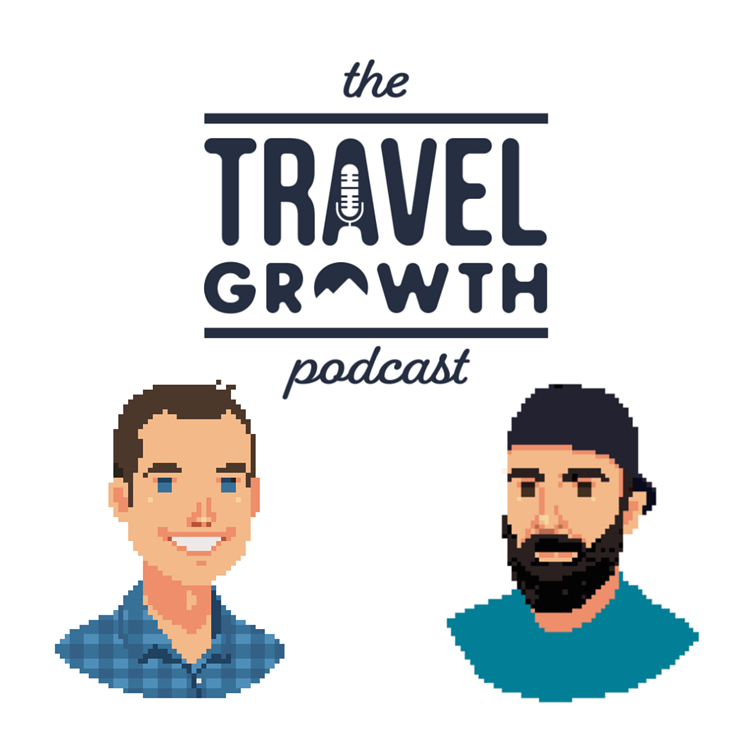
Tue 15 Jun 2021
Dropping pebbles, investing in yourself and making an impact
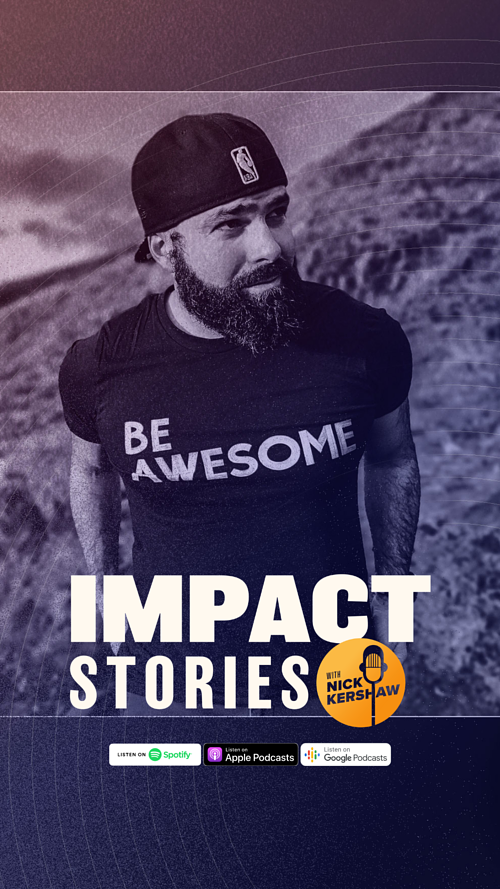
Fri 12 Feb 2021
Introducing: Impact Stories with Nick Kershaw
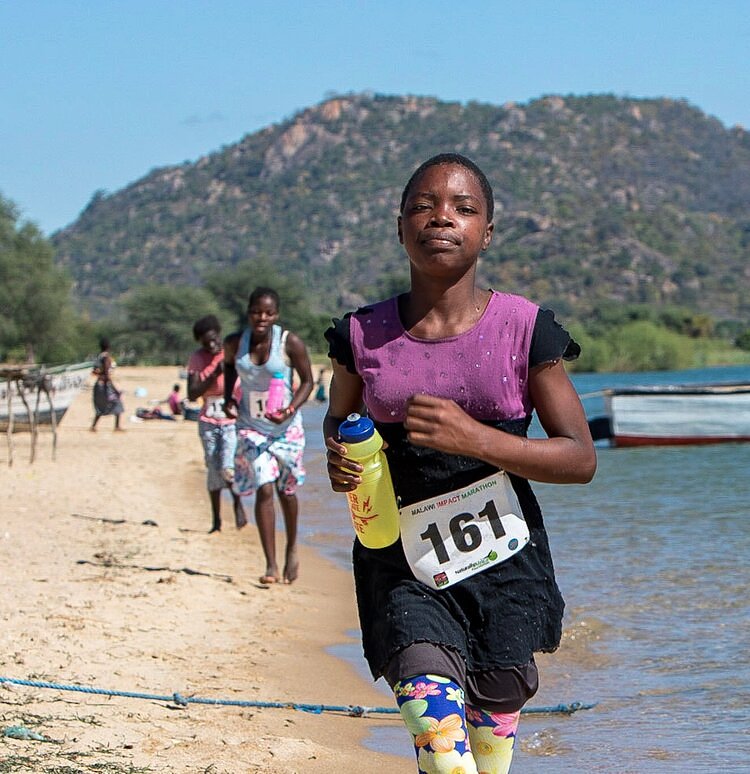
Fri 12 Feb 2021
Going Green in Malawi: An unexpected challenge
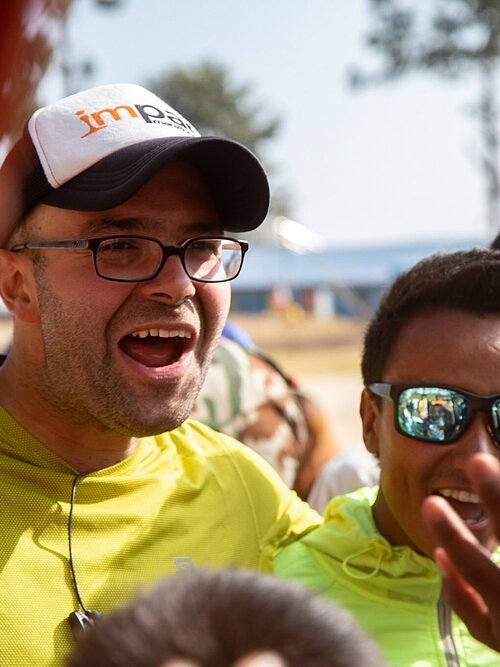
Fri 12 Feb 2021
Impact 101: Conversation with 'We Got The Runs' Podcast
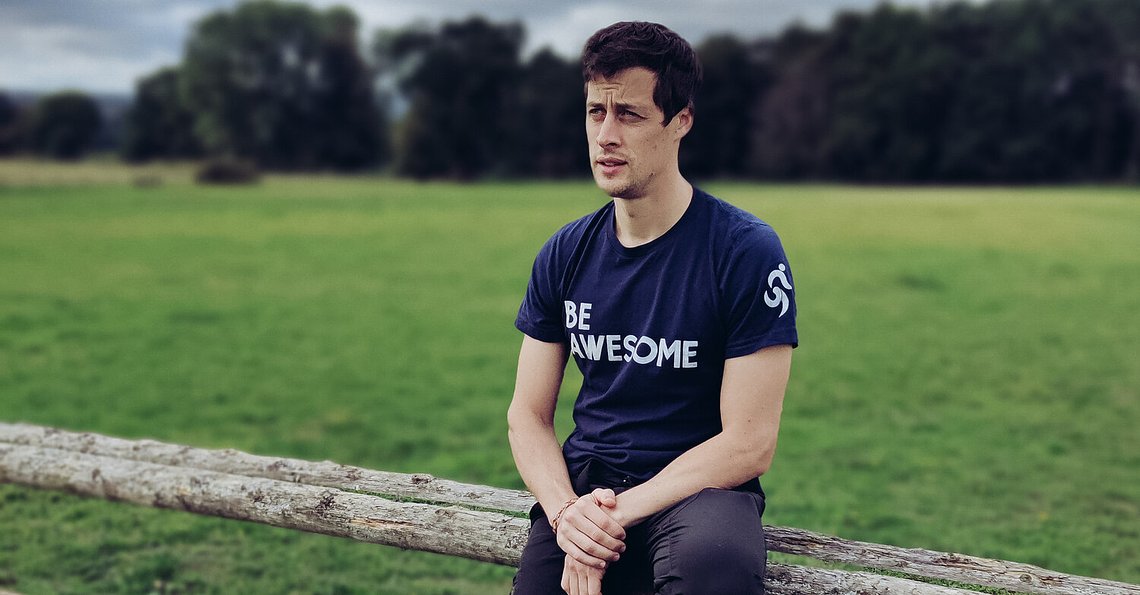
Fri 27 Nov 2020
Ultimate Gift Guide for the Ethical Runner
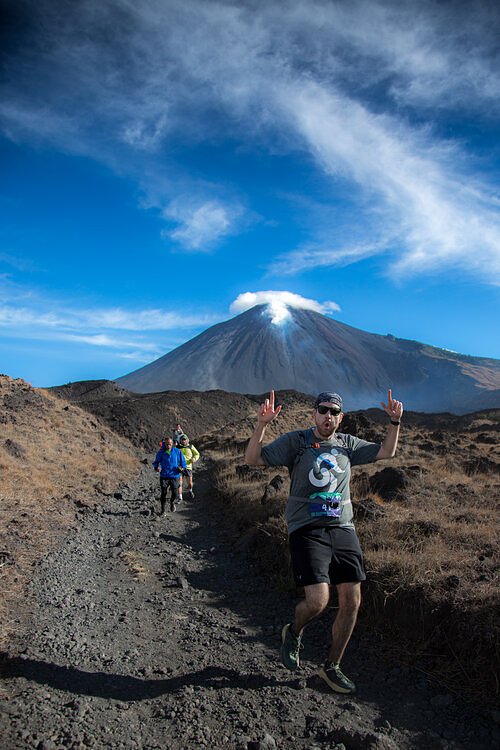
Thu 15 Oct 2020 • Dave Melody
4 ways to maximise your impact (that don't involve any running)

Sun 27 Sep 2020
Green World Programme x Impact Marathon
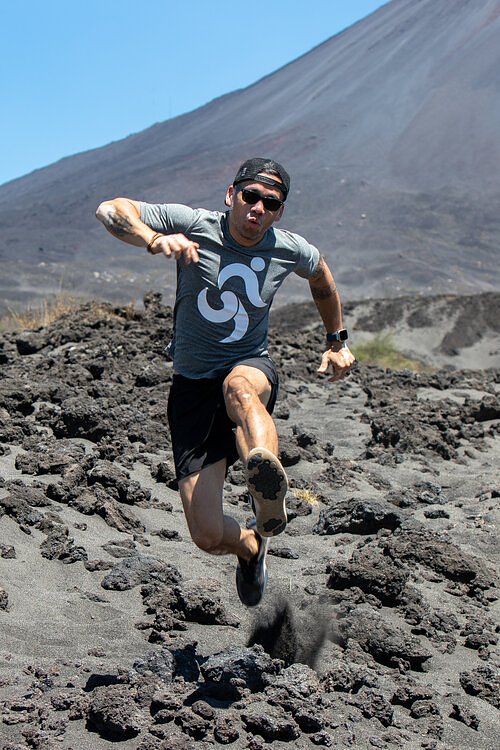
Thu 6 Aug 2020
Impact in 2020: Step sideways, to leap forward
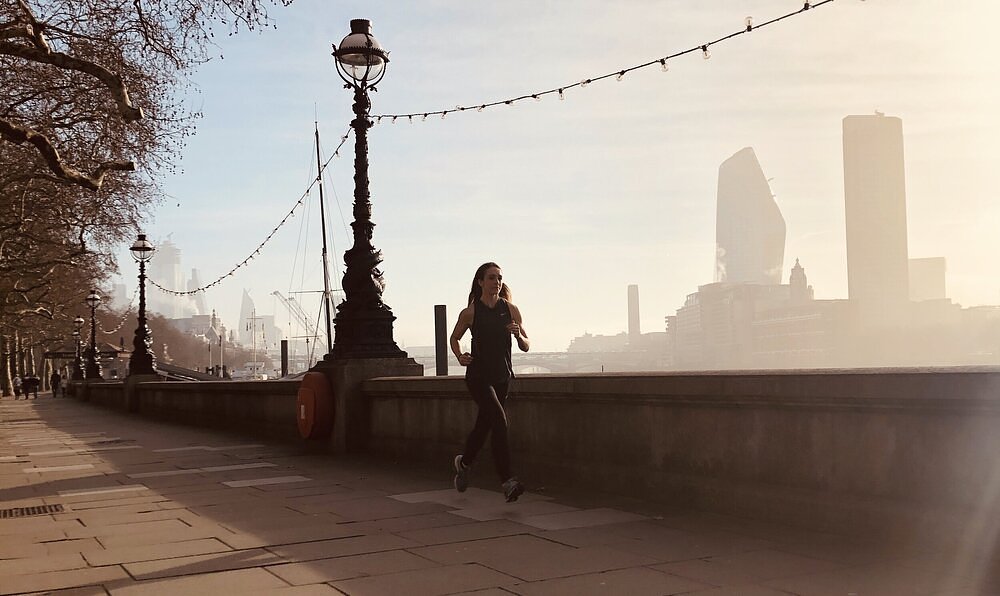
Wed 15 Jul 2020
RunTalkRun x Impact Marathons: Global running movements join forces
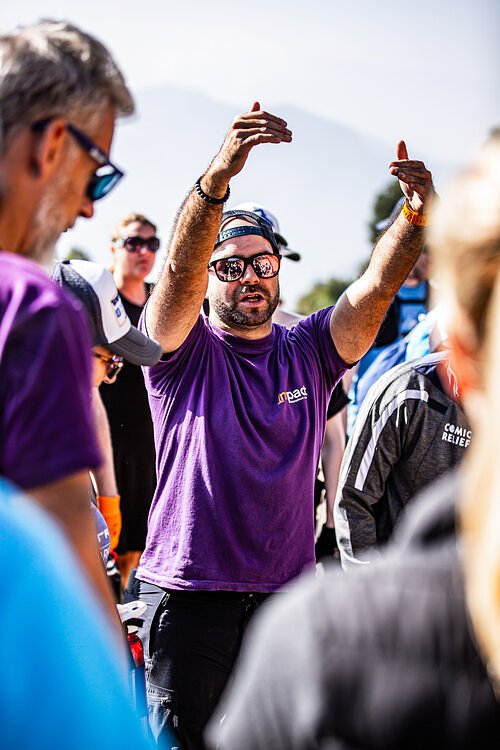
Tue 7 Jul 2020
How to be a change-maker - a conversation with the RunTalkRun podcast
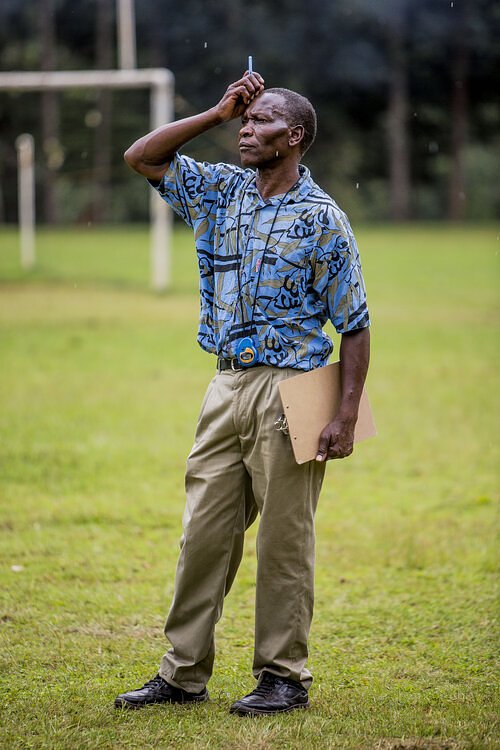
Fri 3 Jul 2020
Coach Gabriel's winning culture: How Kenyan world records are made
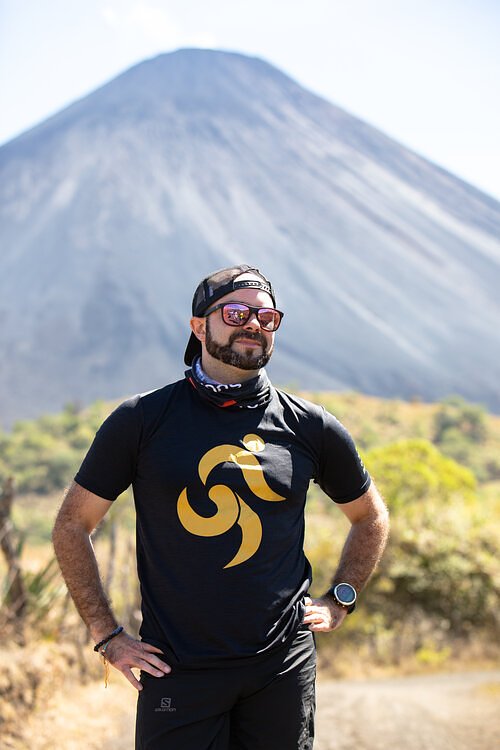
Wed 17 Jun 2020
Silent Motivations - A conversation with the Evossi Explore Show
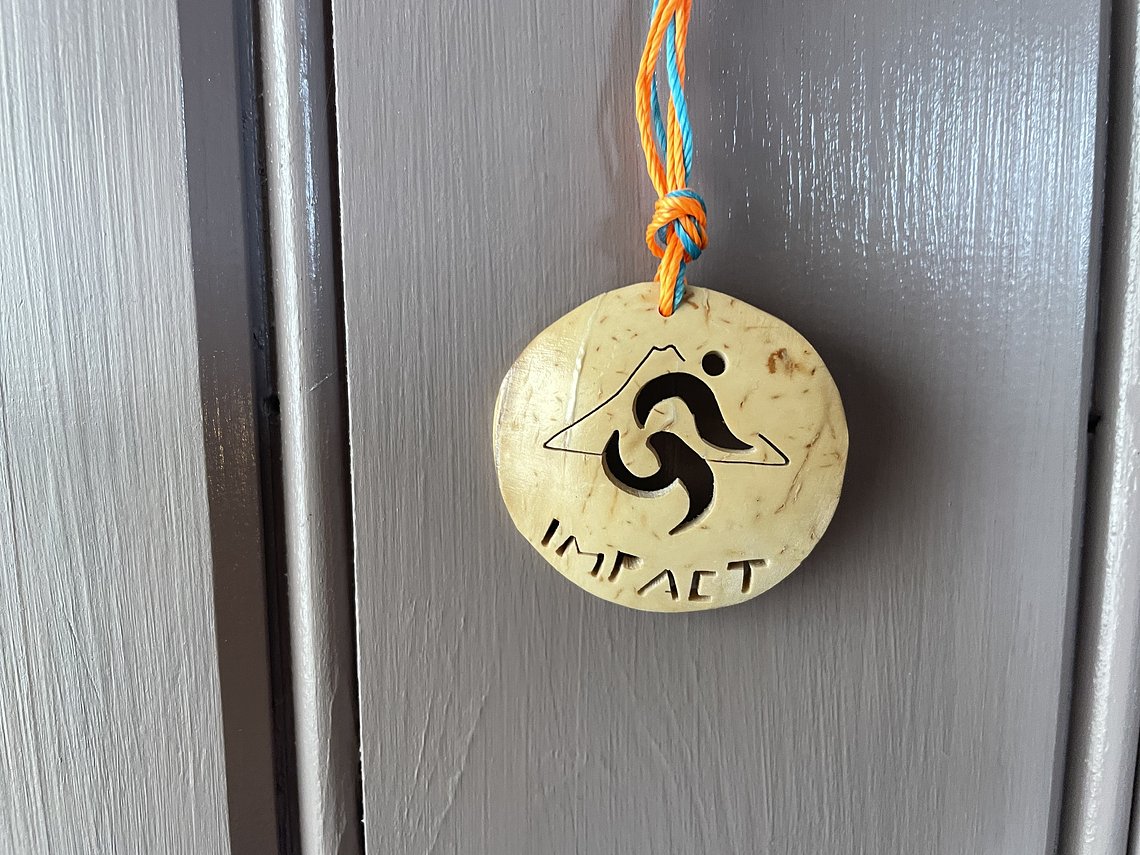
Mon 8 Jun 2020 • Nick Kershaw
What's in a medal? The story behind an Impact medal
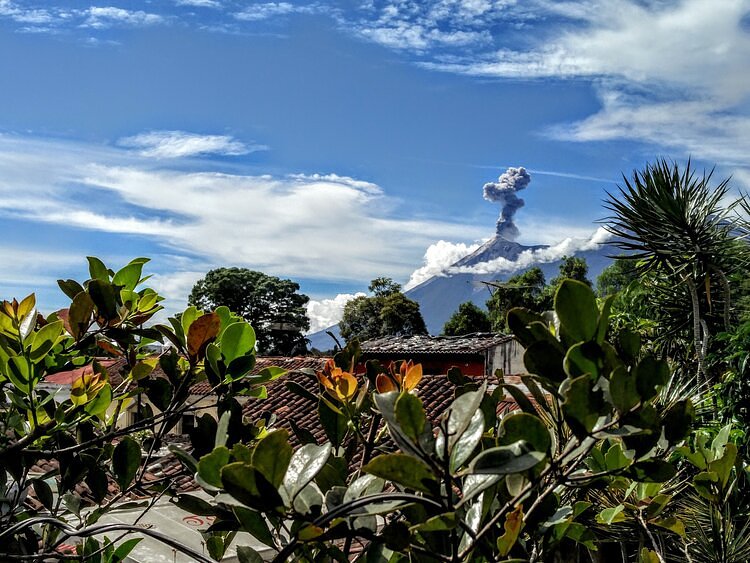
Thu 20 Feb 2020
Guatemala Impact Marathon: From dream to reality

Sat 1 Feb 2020
Runners Recipes: Charlie Watson's Avocado Bread
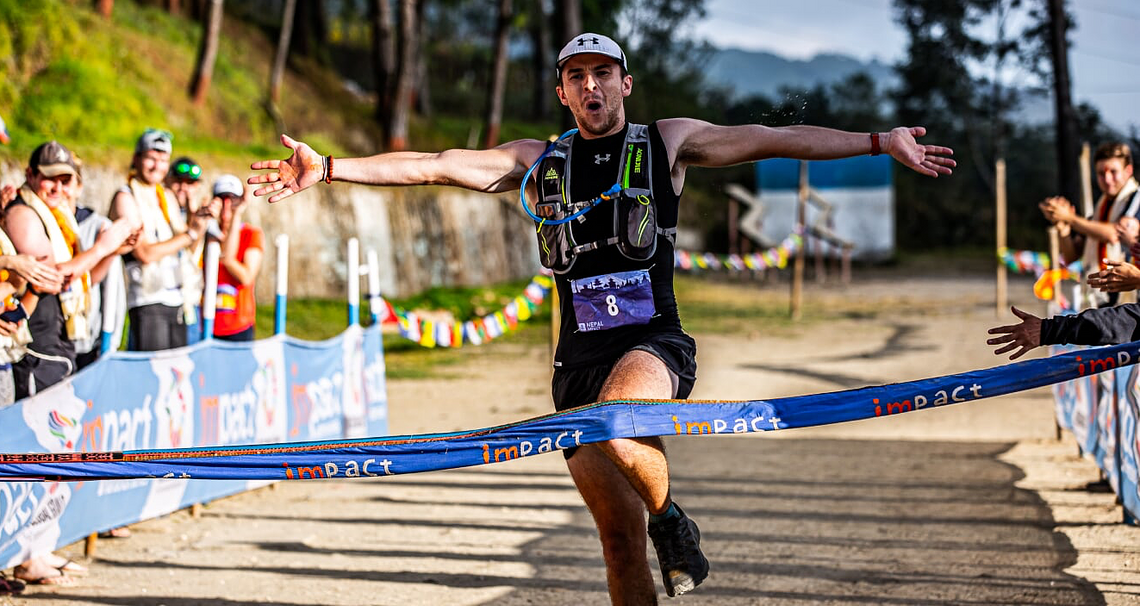
Fri 31 Jan 2020
Impact Runner Stories: Kit Garnett @ Nepal Impact Marathon 2019
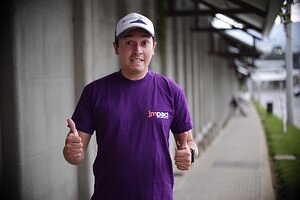
Tue 17 Dec 2019
Pablo: The main man of Guatemala Impact
Tue 29 Oct 2019
Kelsang: The unsung hero of Nepal Impact
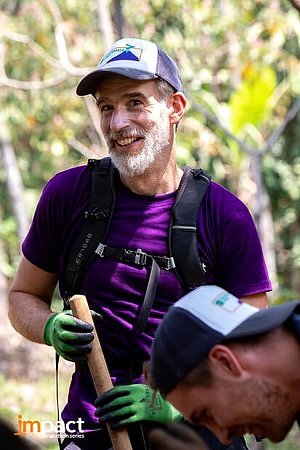
Wed 2 Oct 2019
Team Impact: Through the eyes of an investor
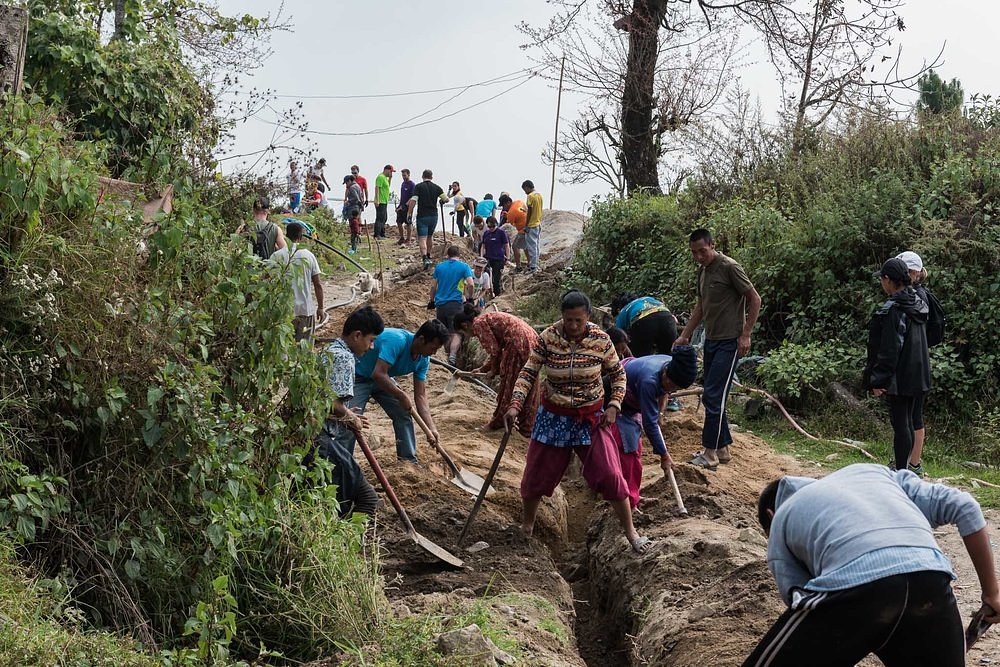
Mon 9 Sep 2019 • Nick Kershaw
It takes a village
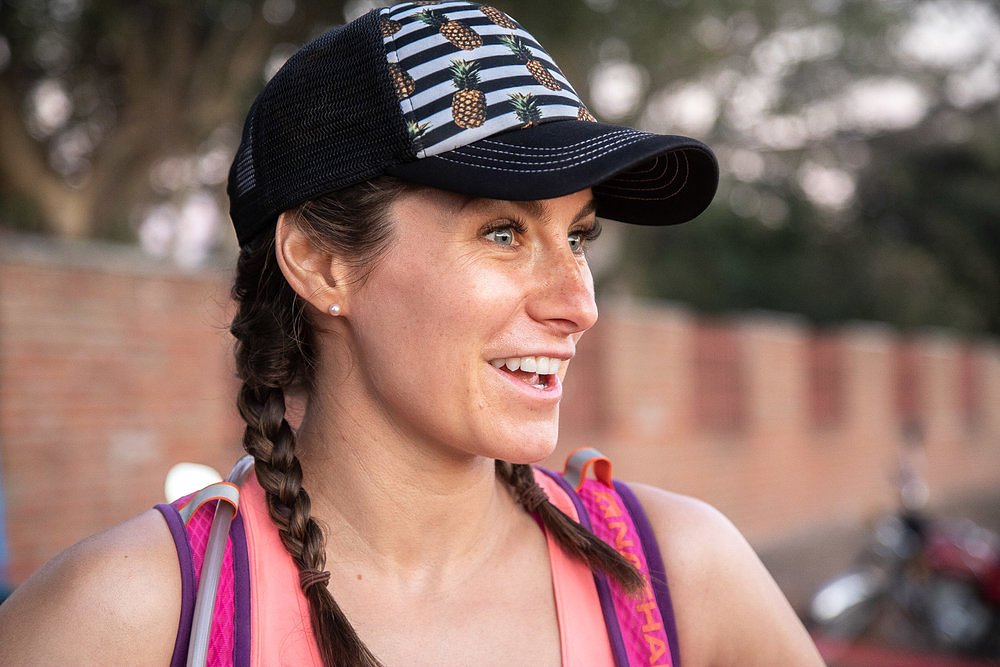
Thu 29 Aug 2019
Meet the storytellers
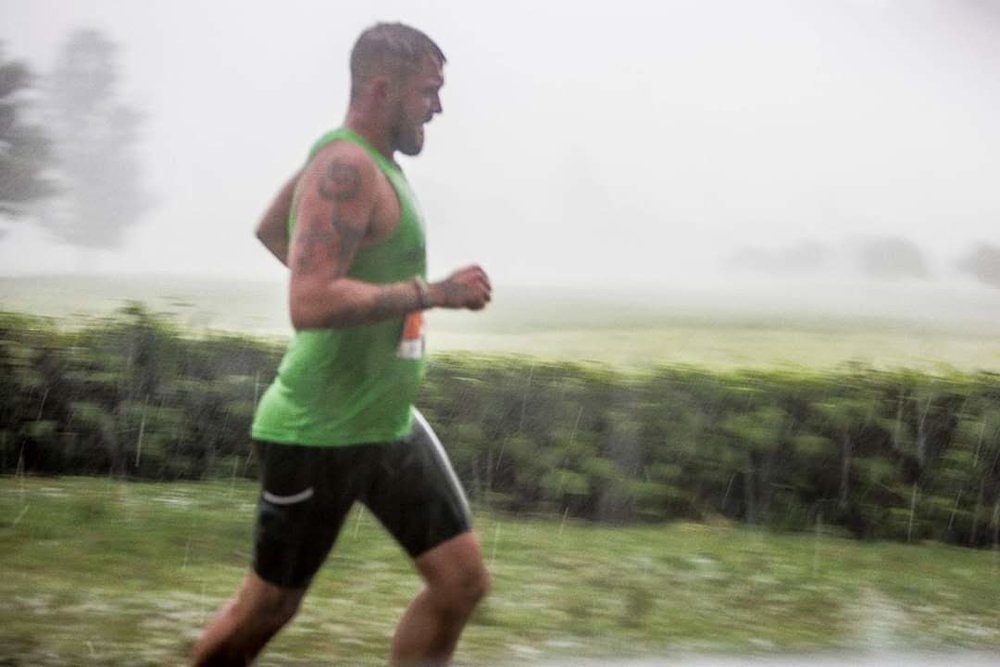
Wed 14 Aug 2019
Why a flash storm in Kenya is exactly what your company needs to thrive
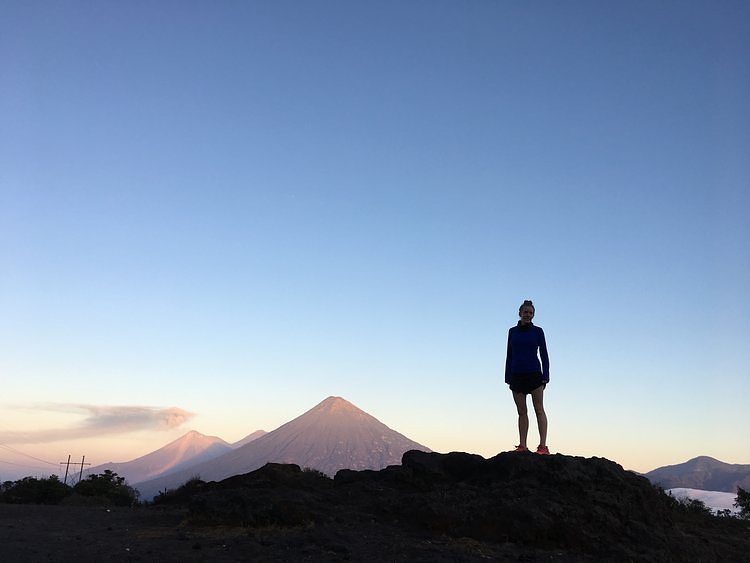
Wed 7 Aug 2019
Team Impact: Through the eyes of our volunteers
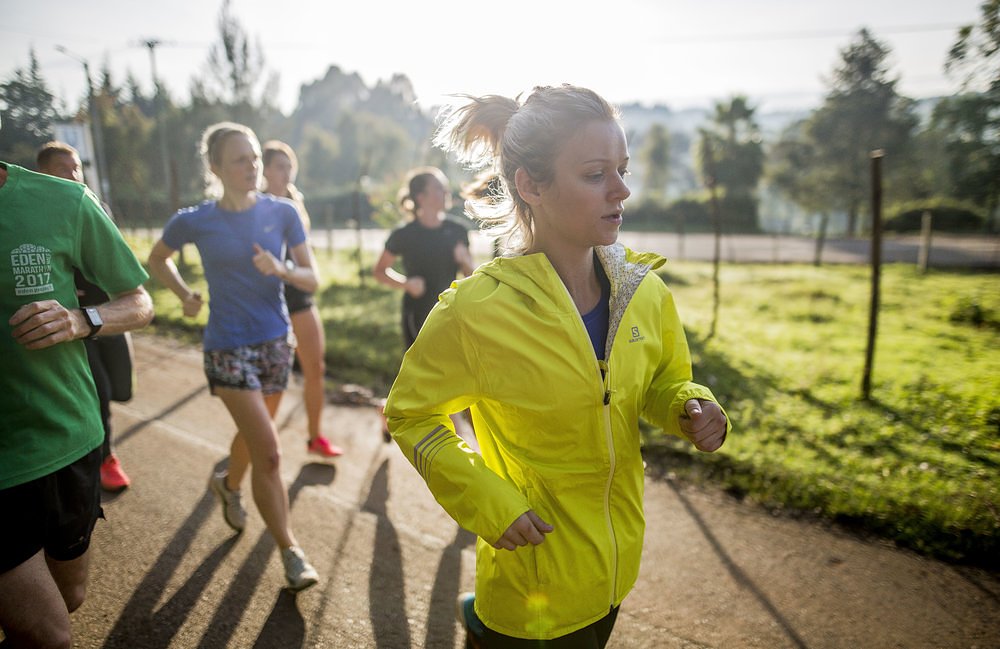
Tue 16 Jul 2019
Nepal Impact 2019 to be led by an all-female race director team
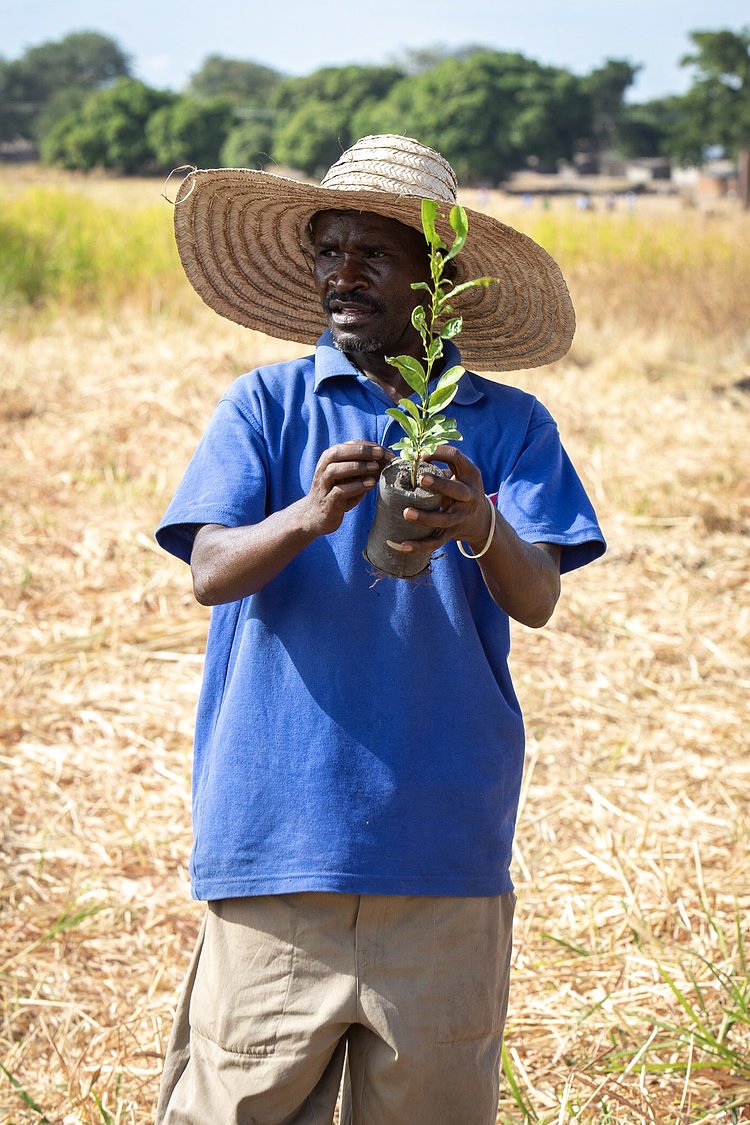
Tue 14 May 2019
Building resilience: Permaculture and sustainable development
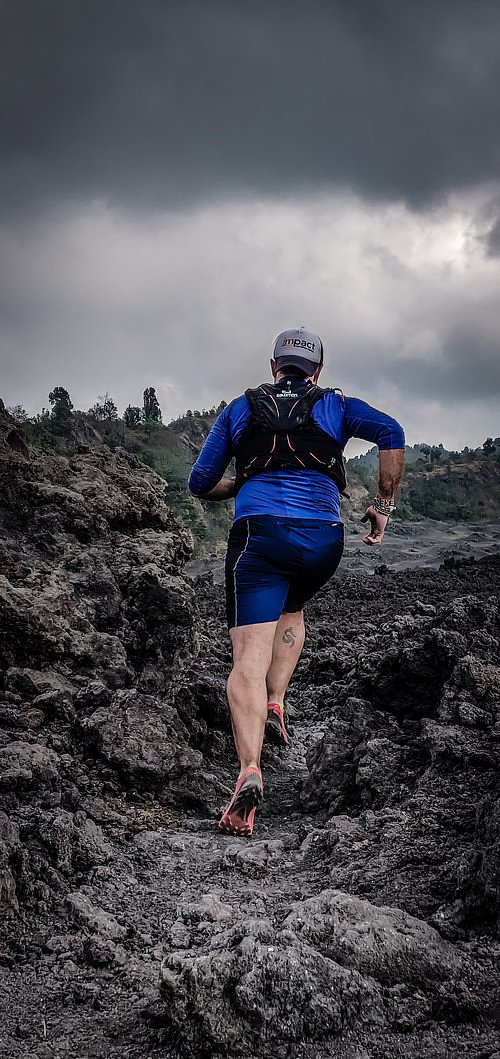
Mon 4 Feb 2019
4 reasons to run up an active volcano
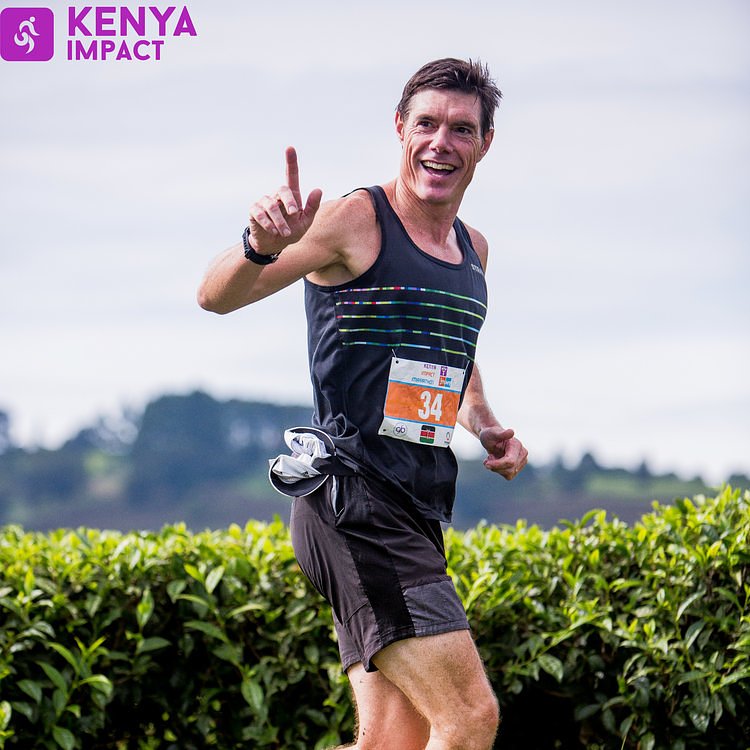
Tue 8 Jan 2019
MarathonTalk - Martin's trip to Kenya
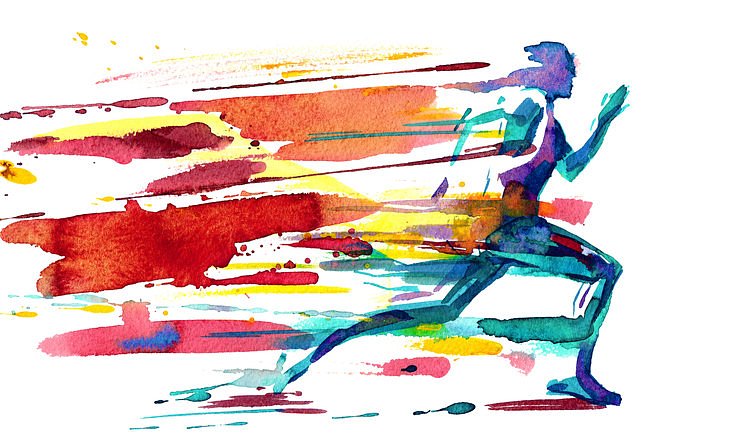
Wed 26 Dec 2018
The best brands for ethical running gear
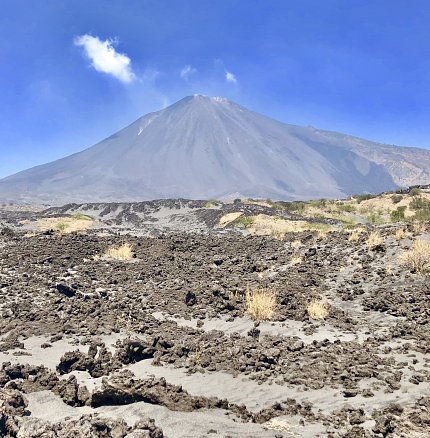
Wed 26 Dec 2018
A CALL TO ACTION FROM 'THRIVE WITH JOE'
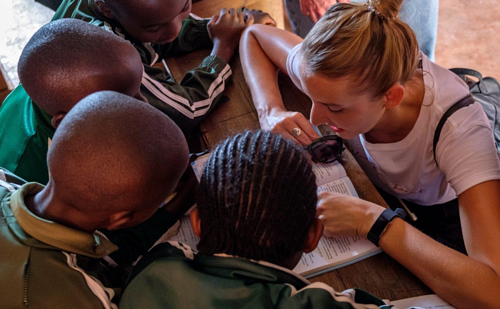
Wed 26 Dec 2018 • Nick Kershaw
Asante Sana, Kenya, For the Memories